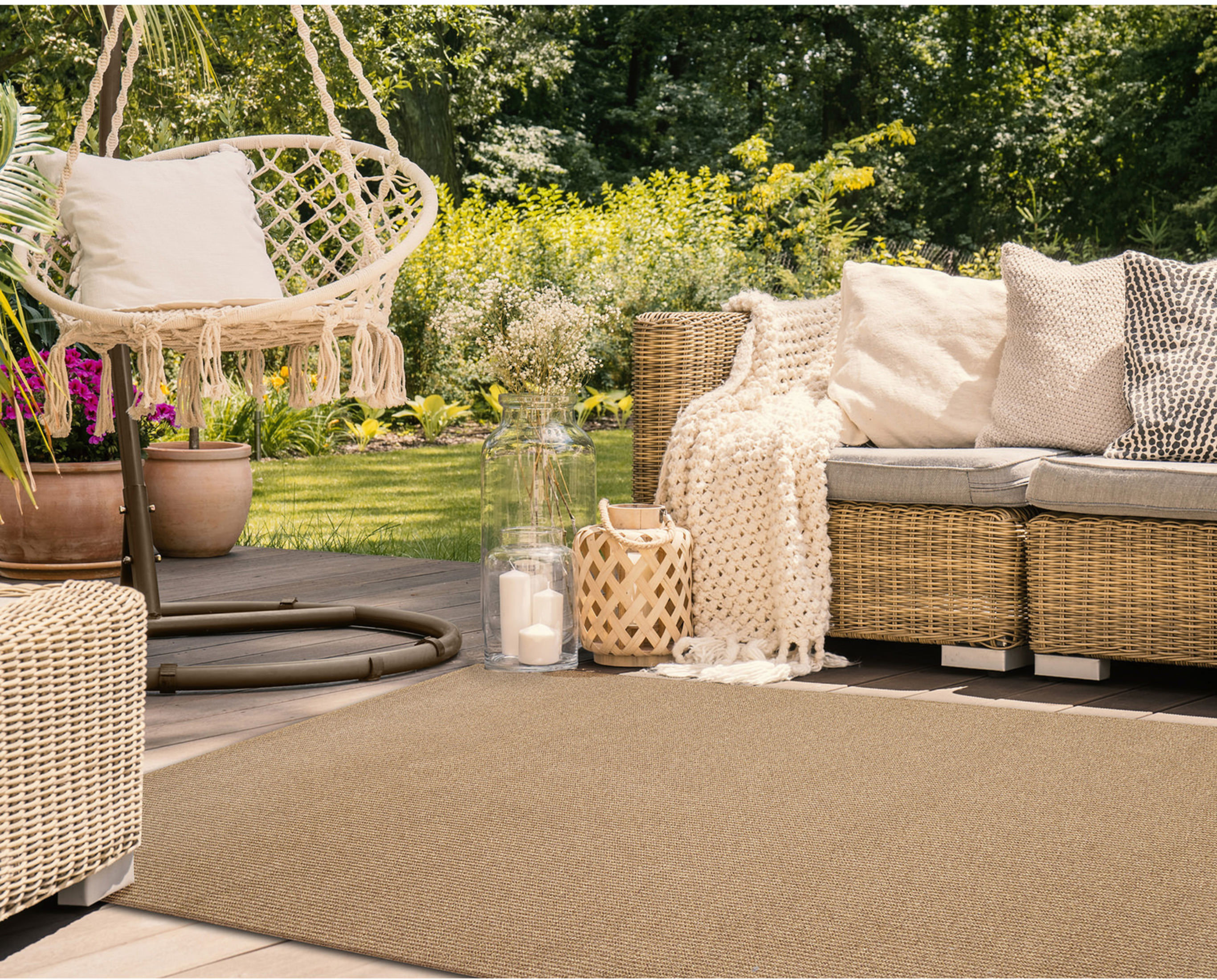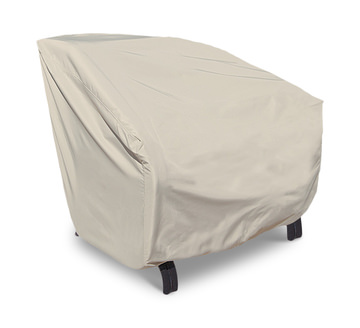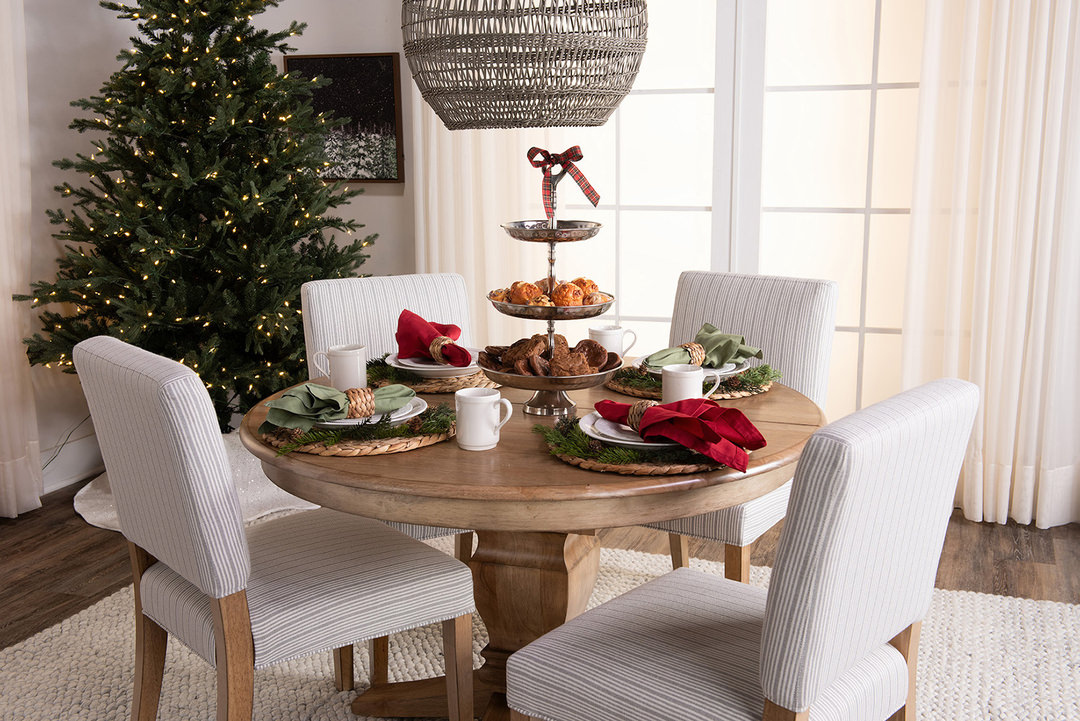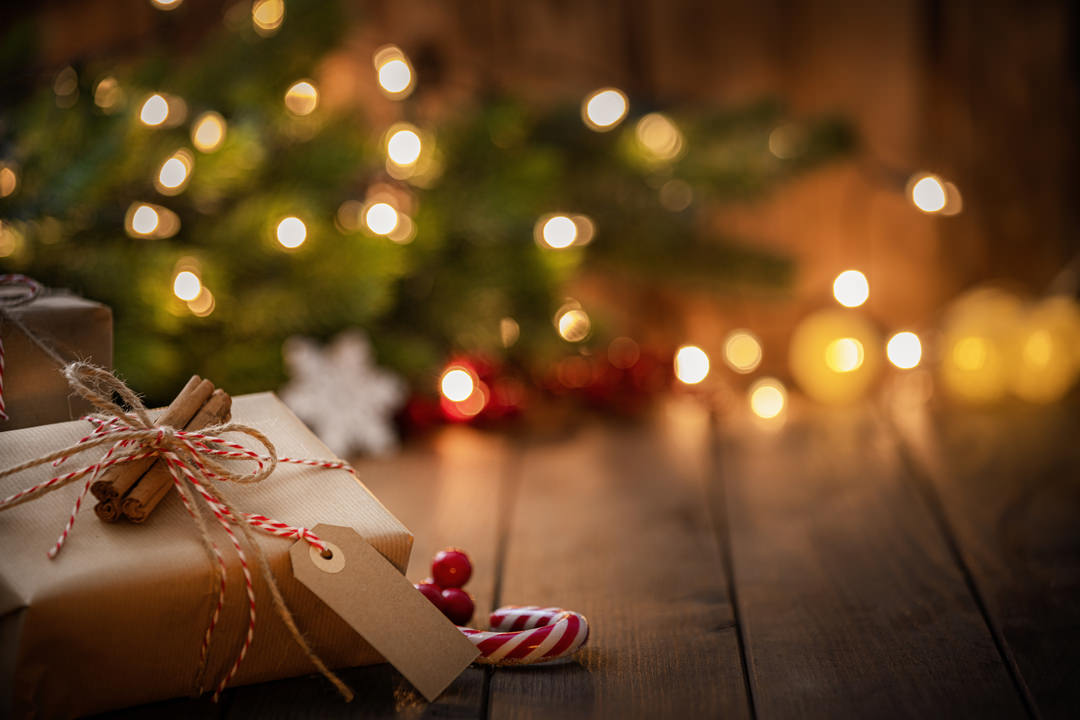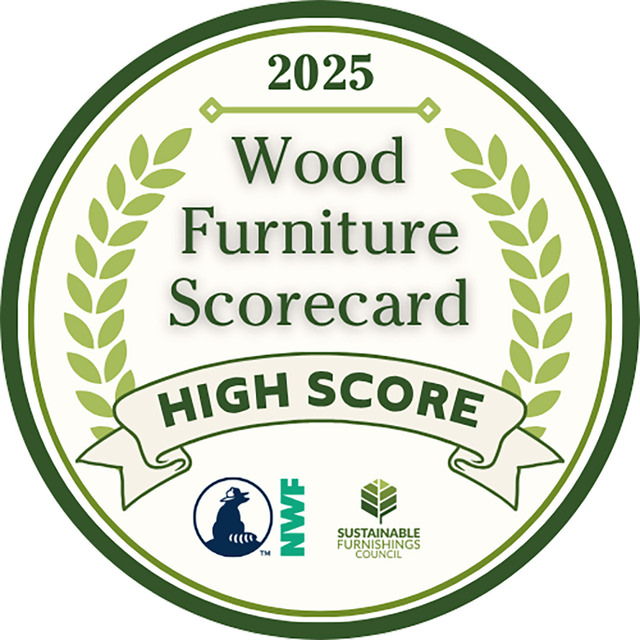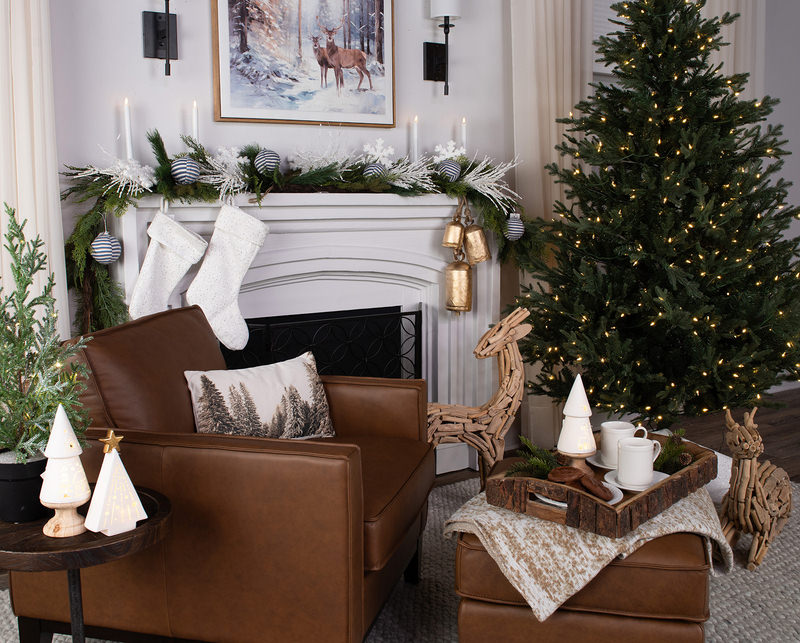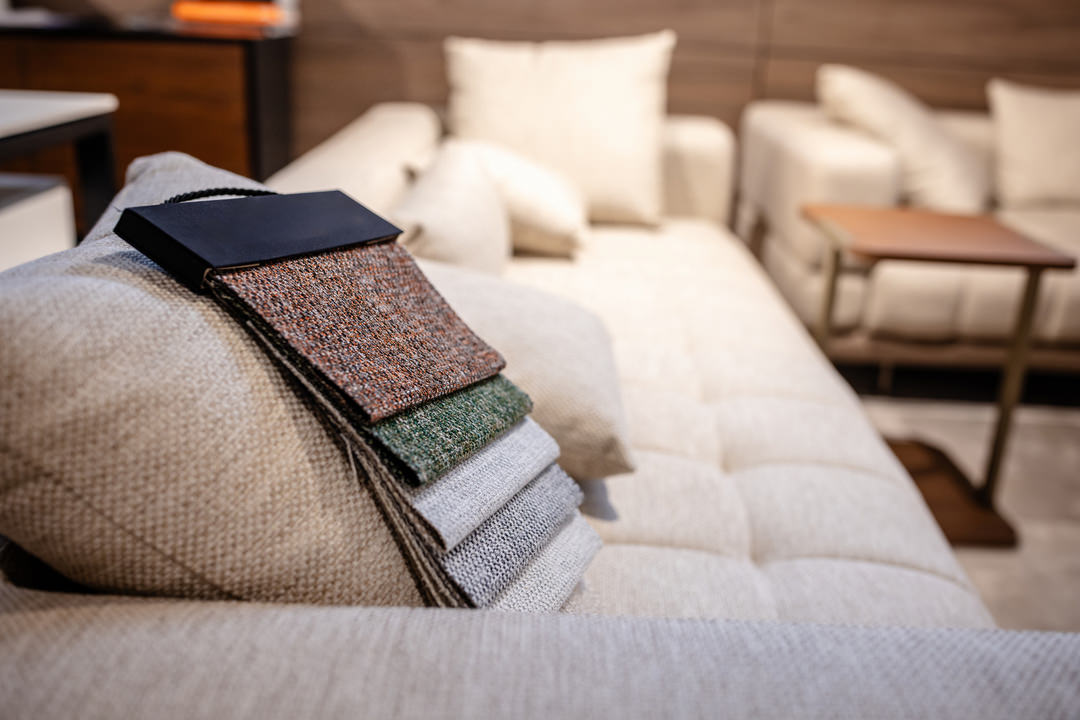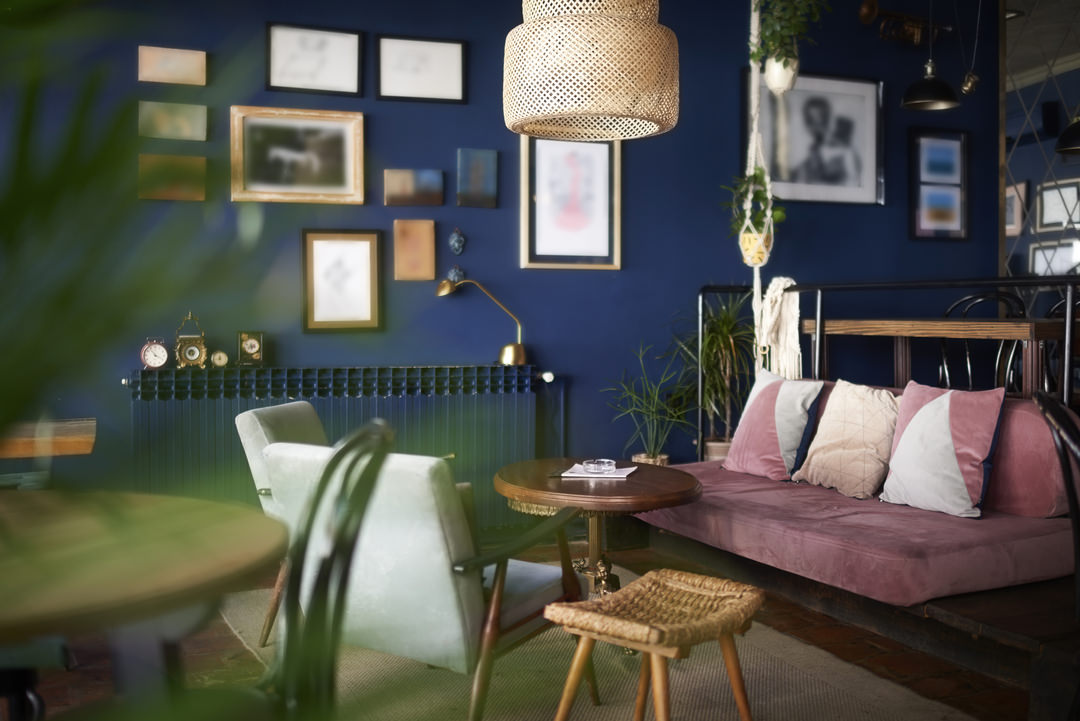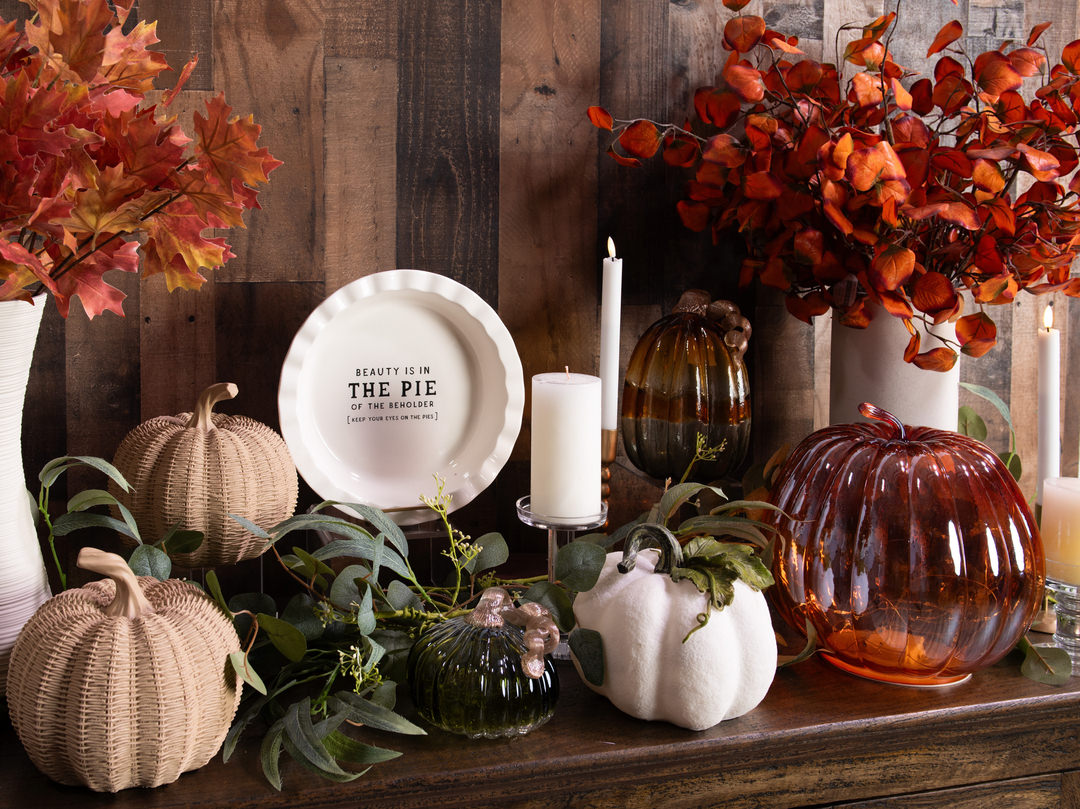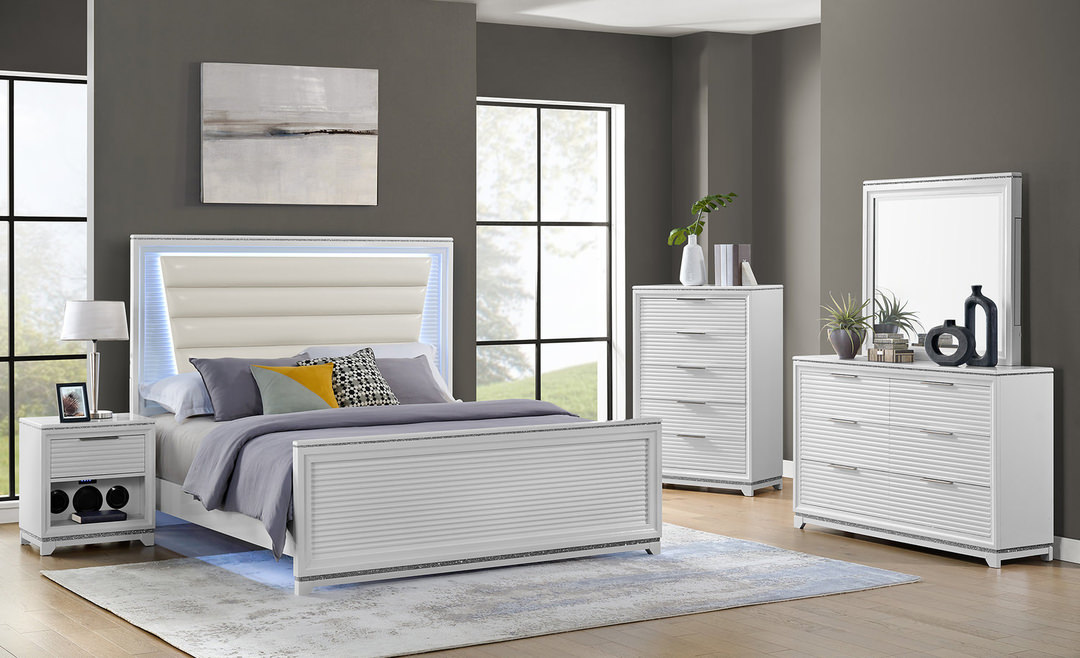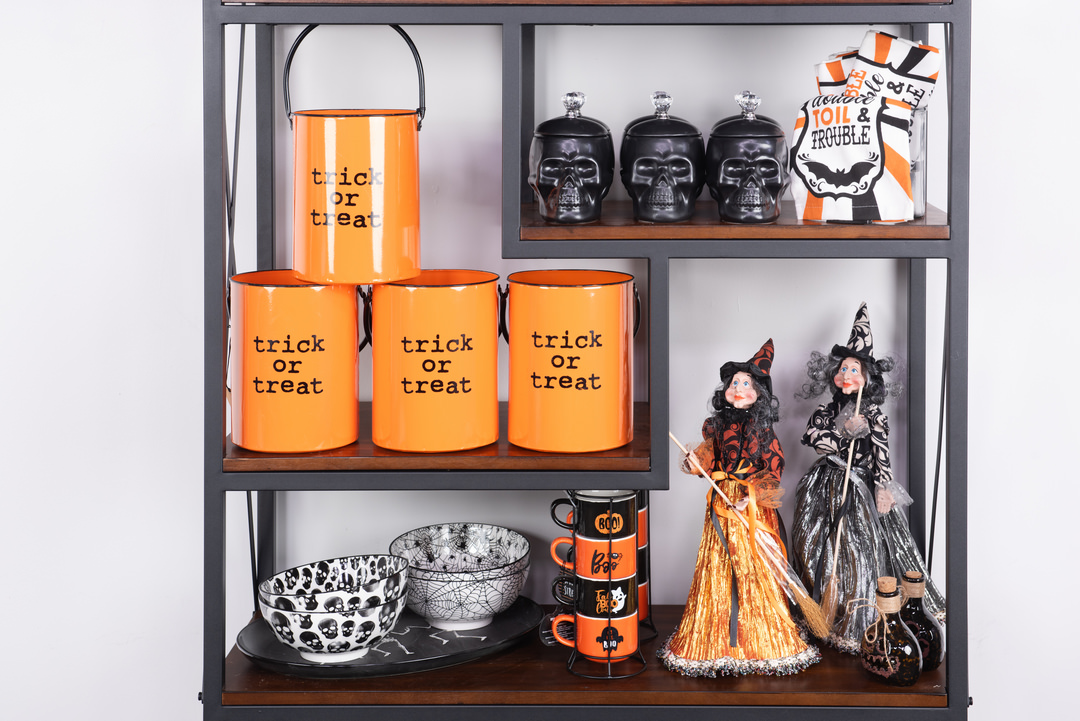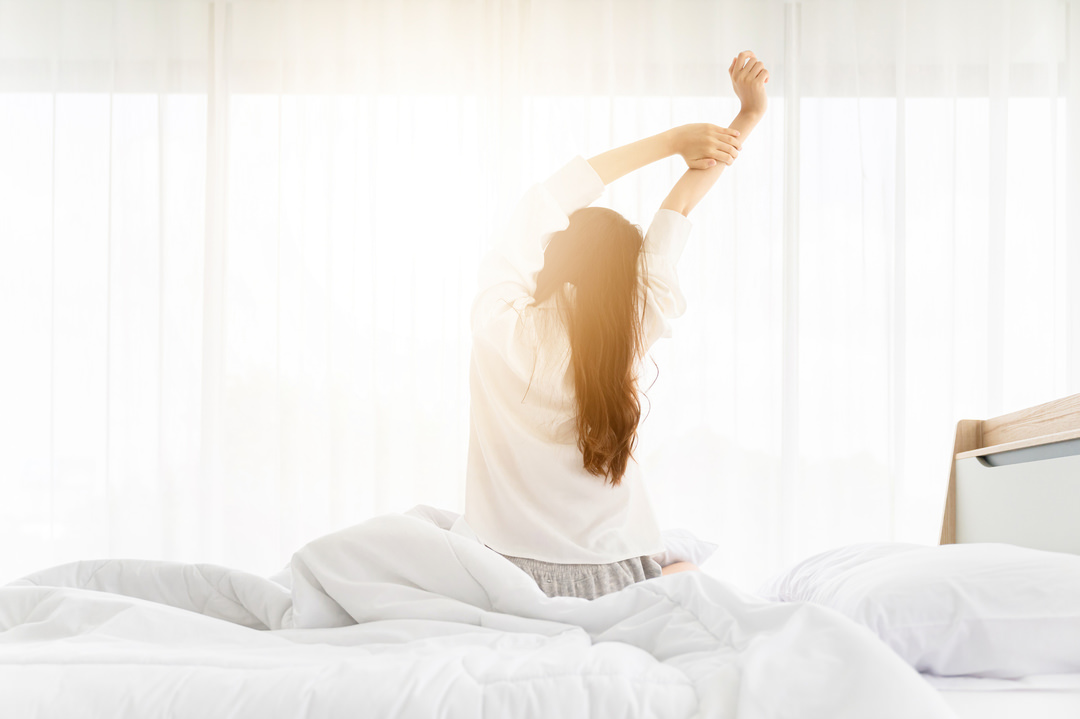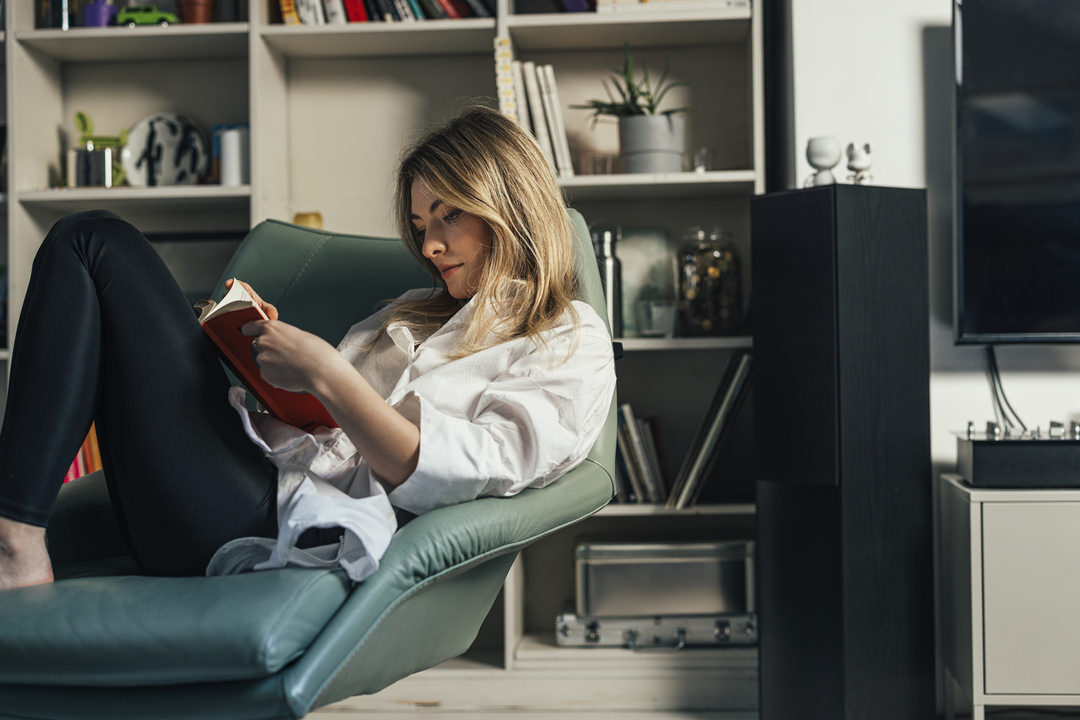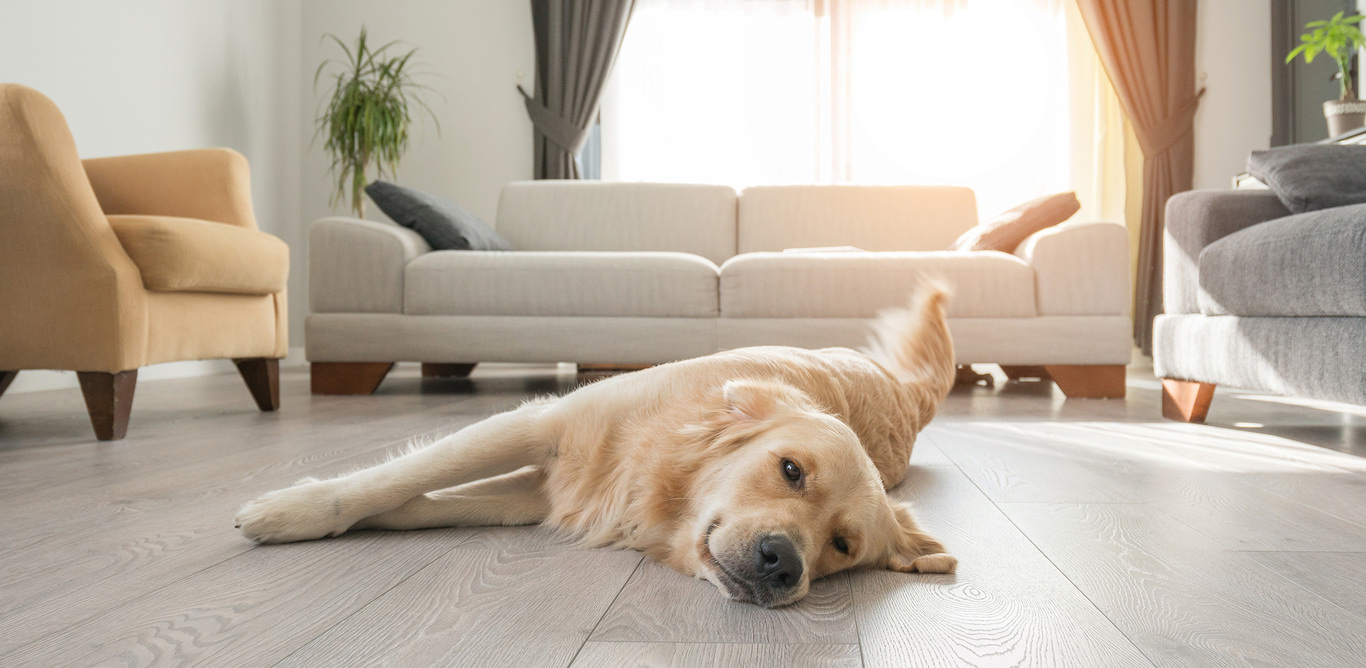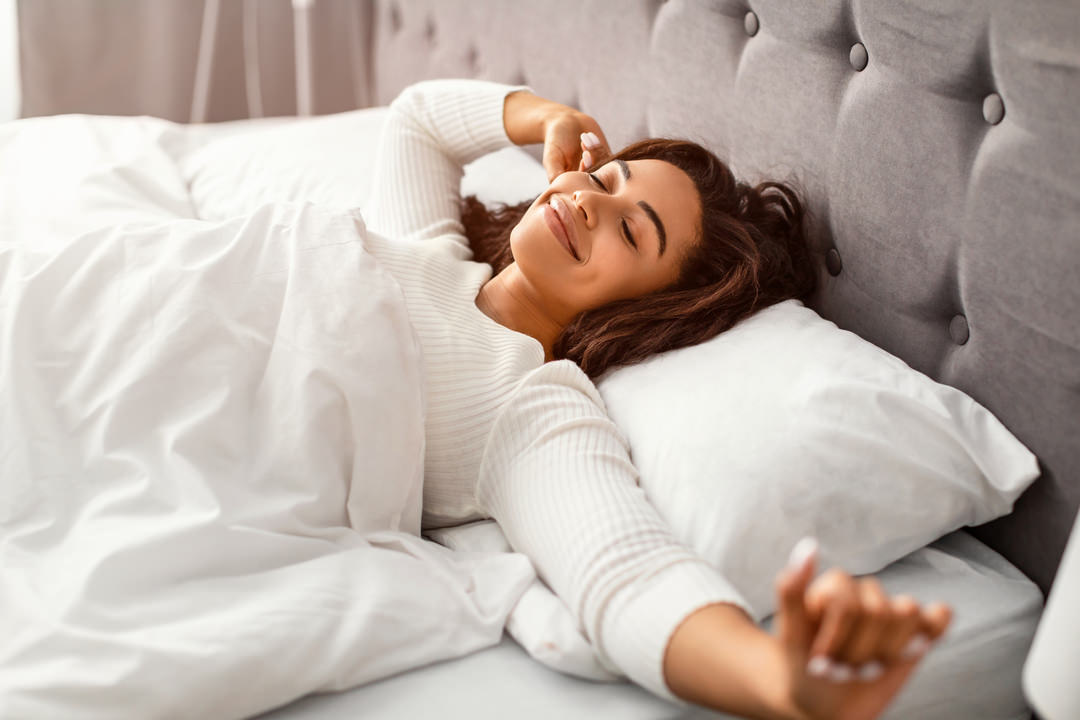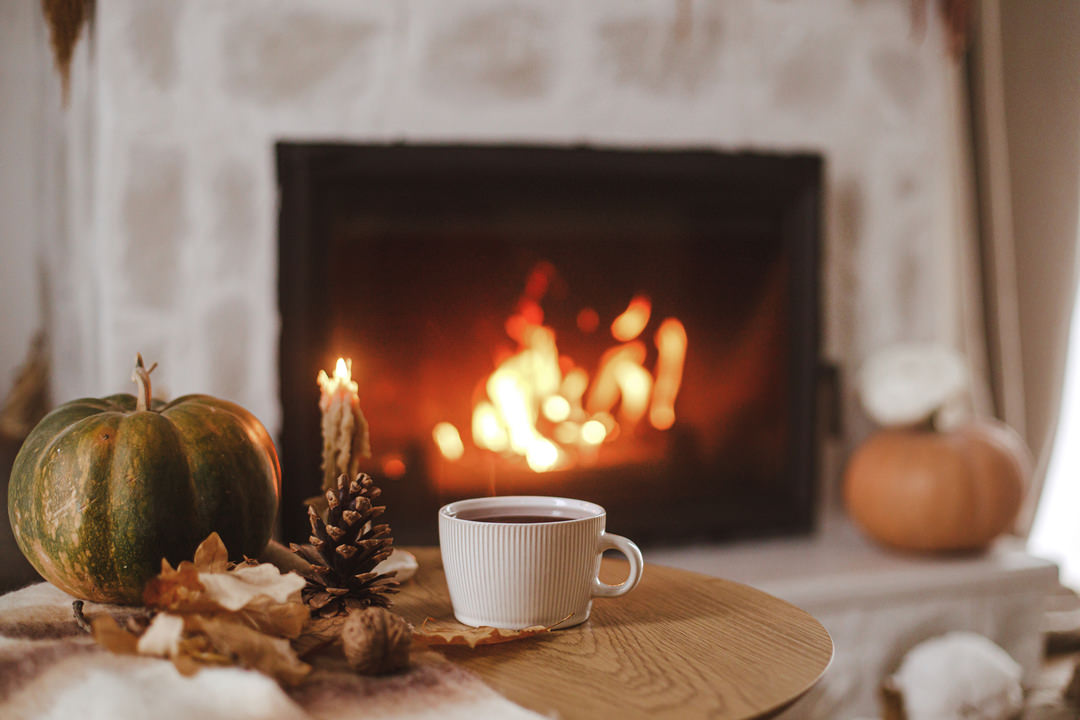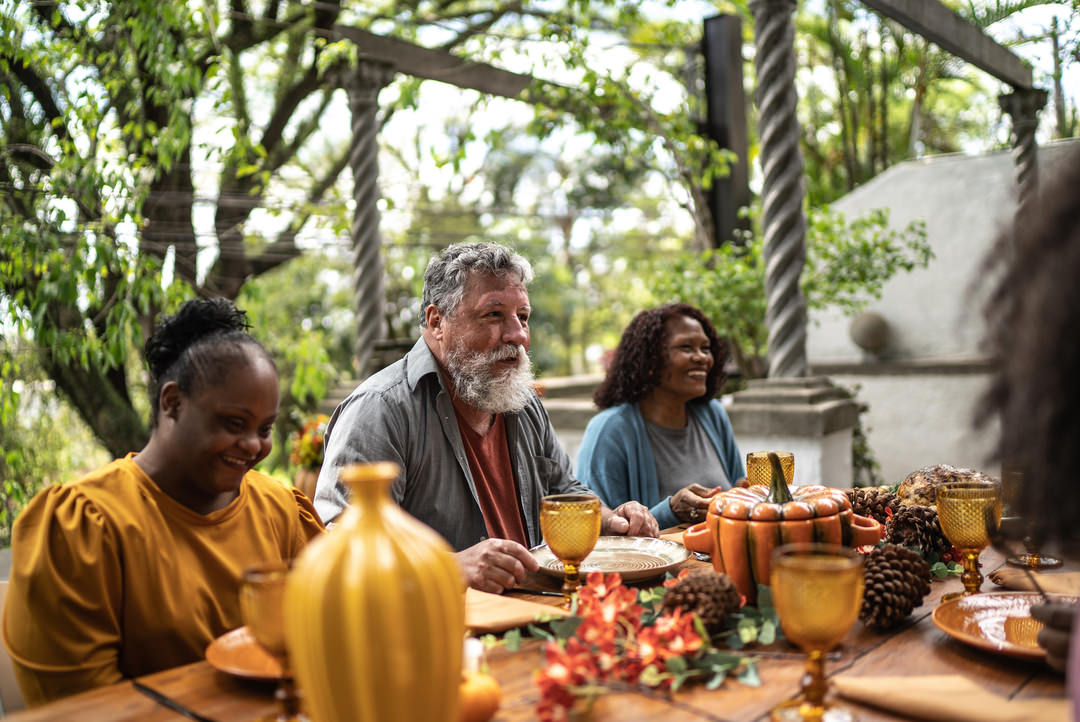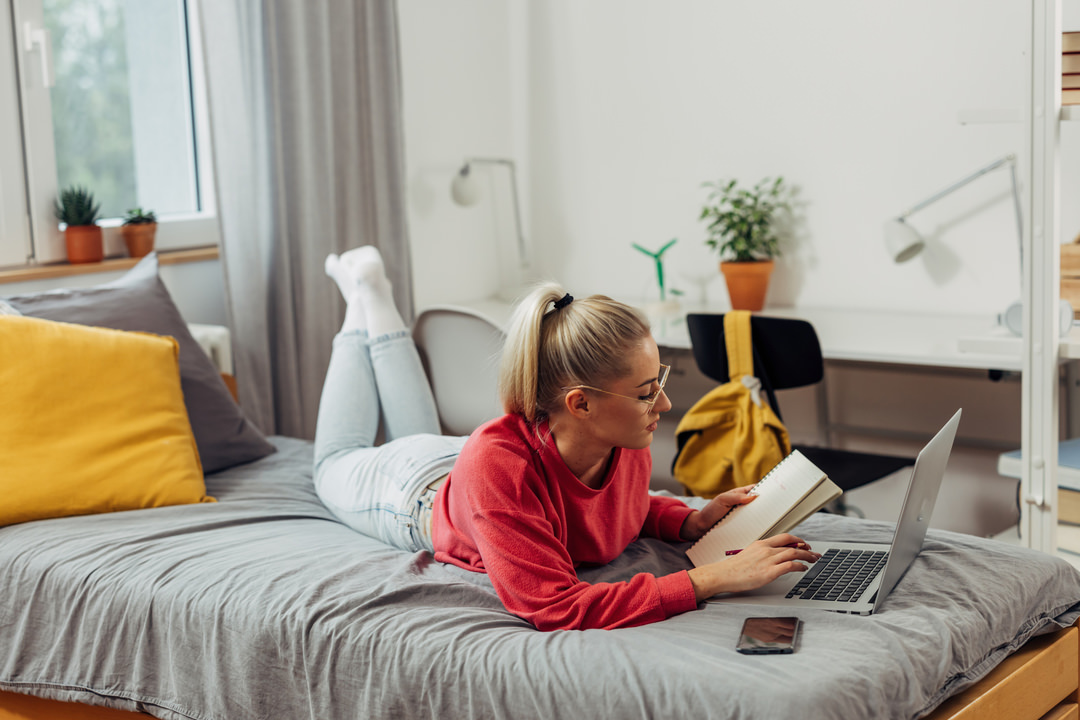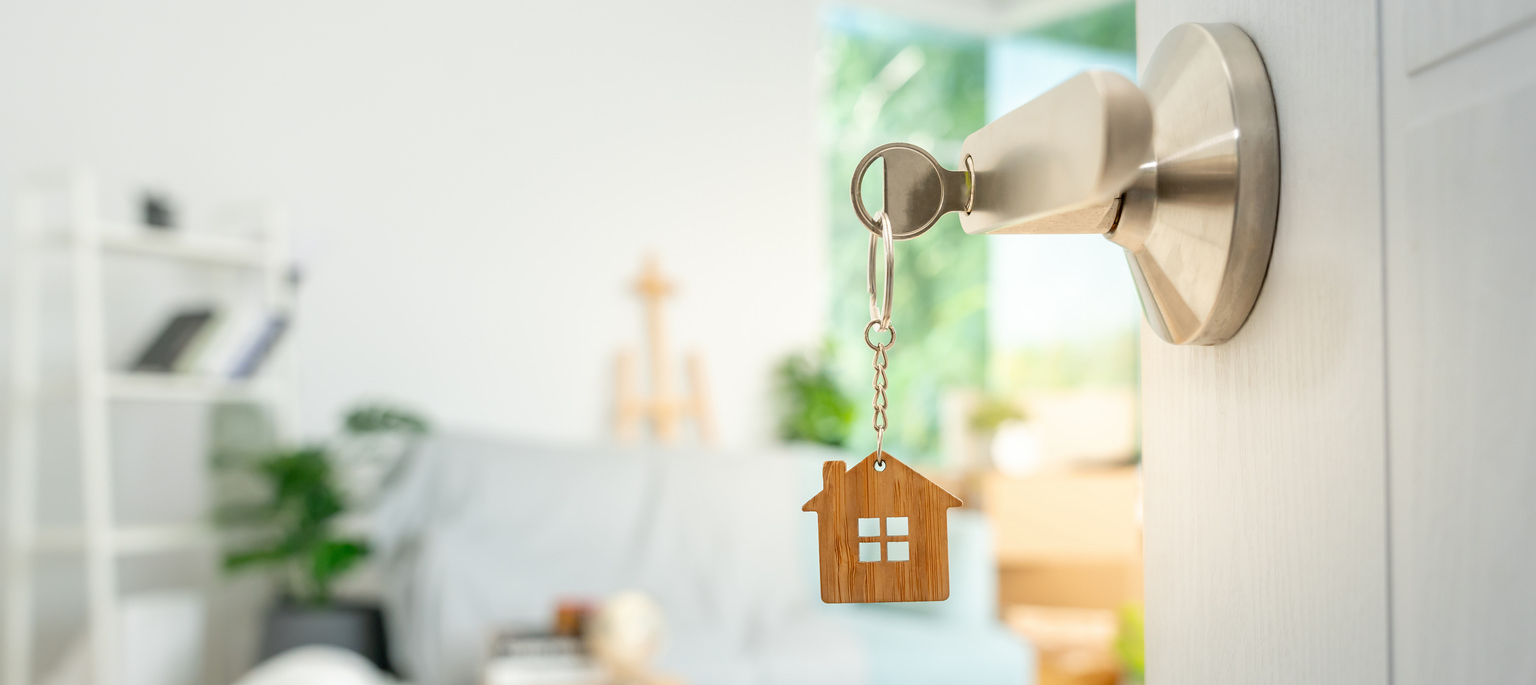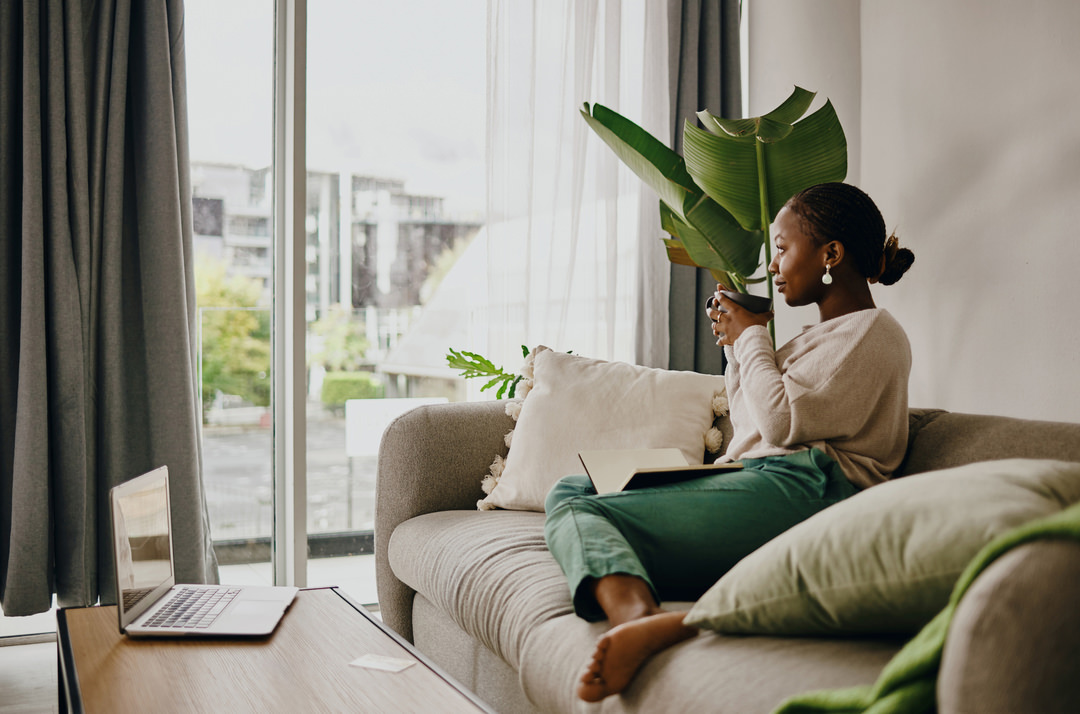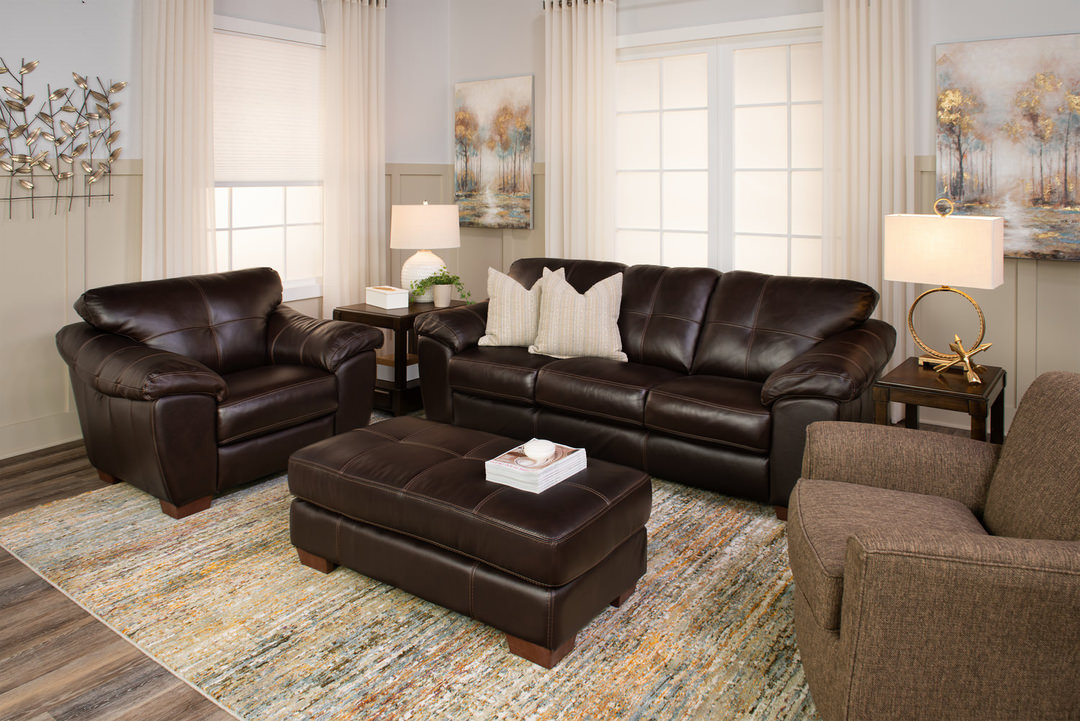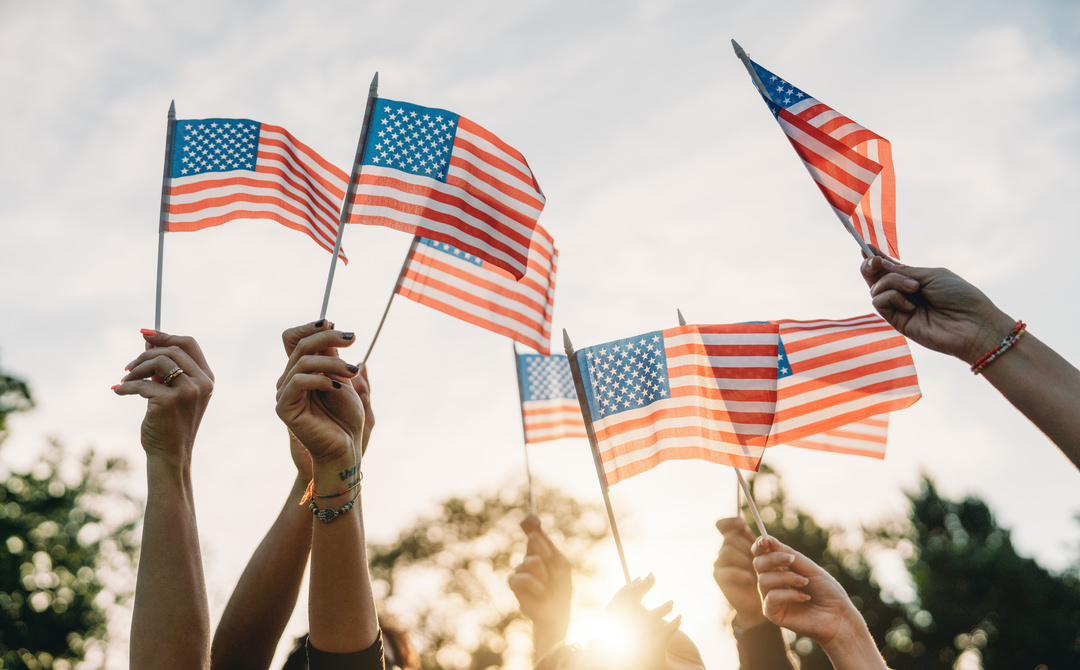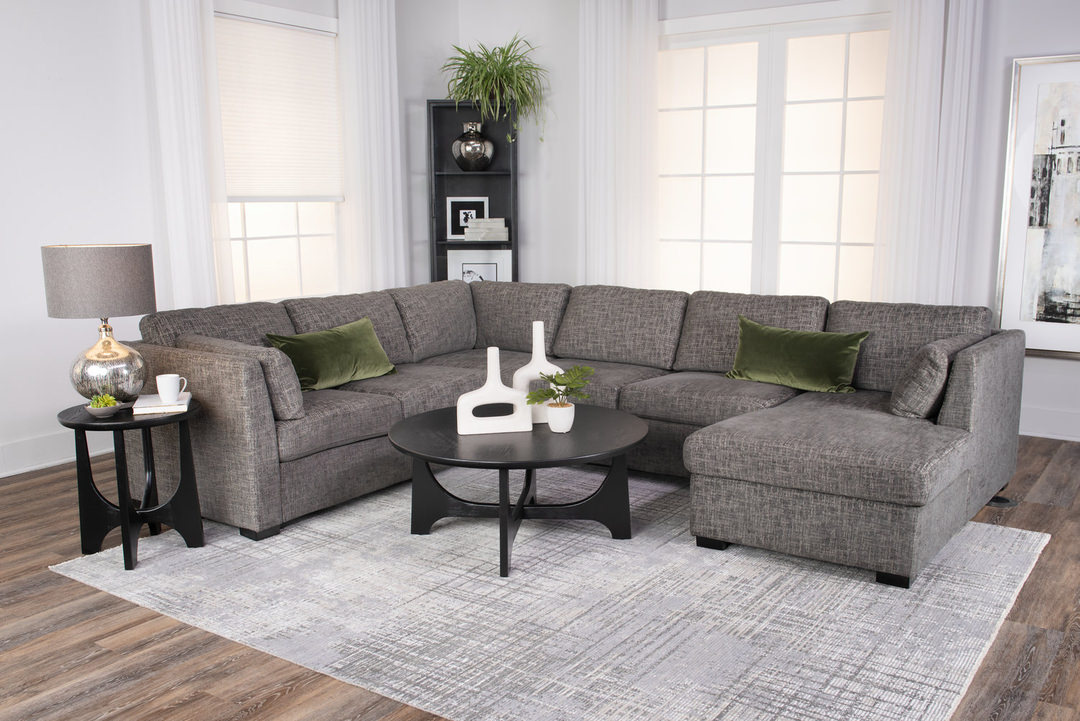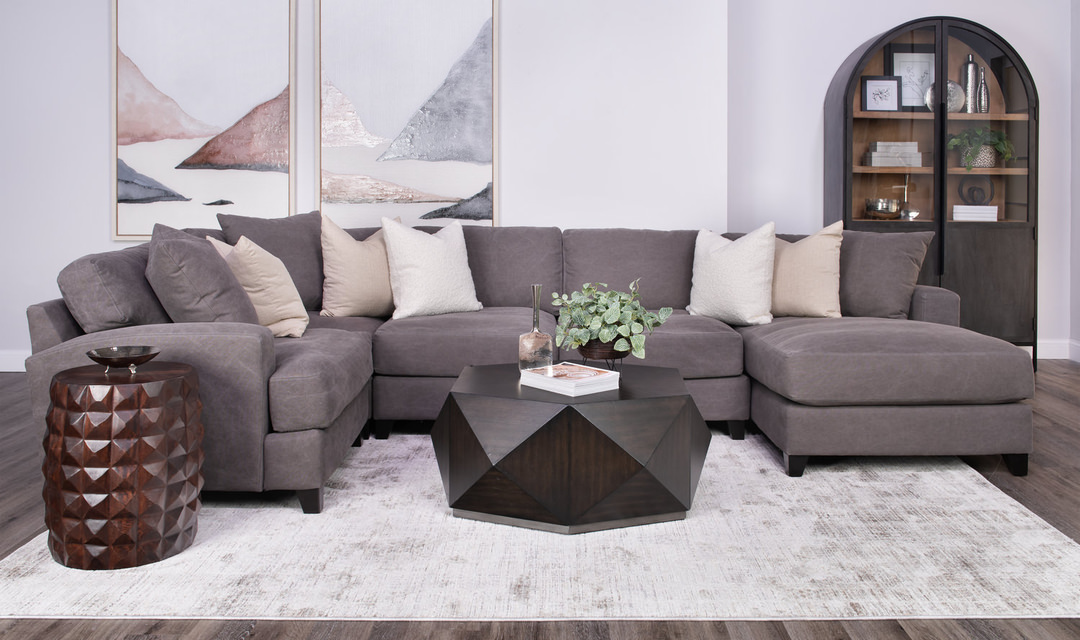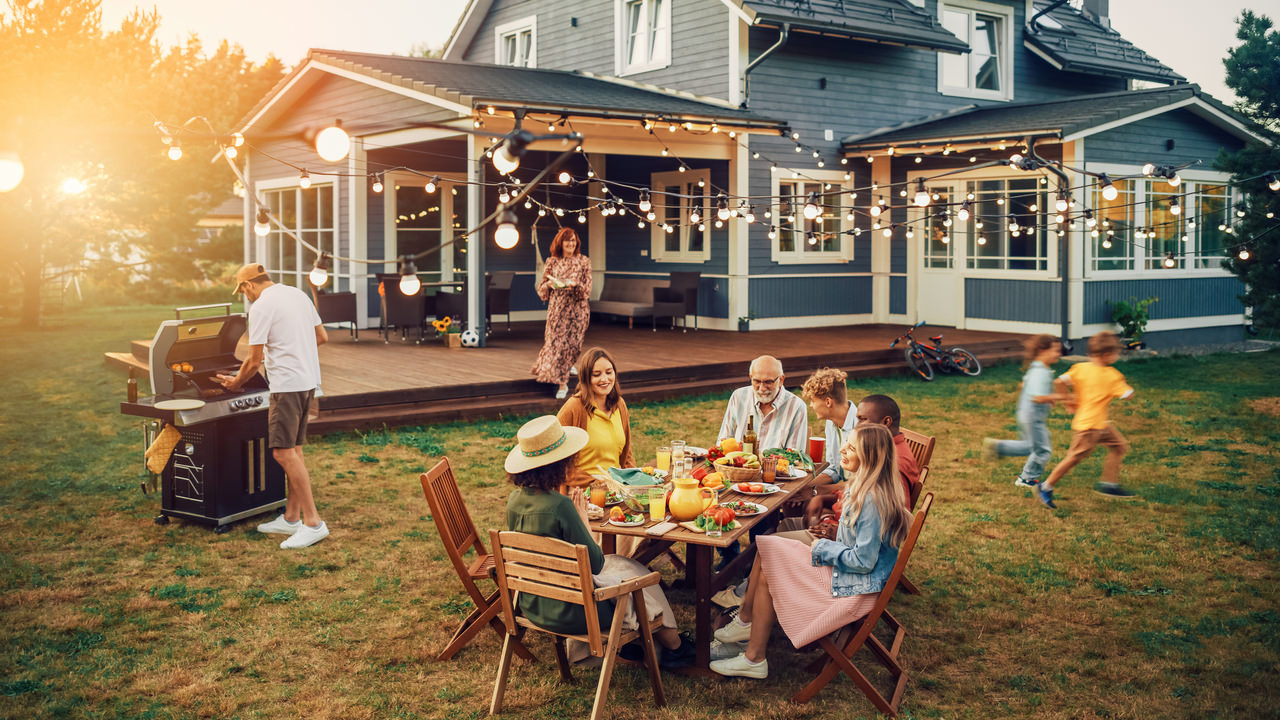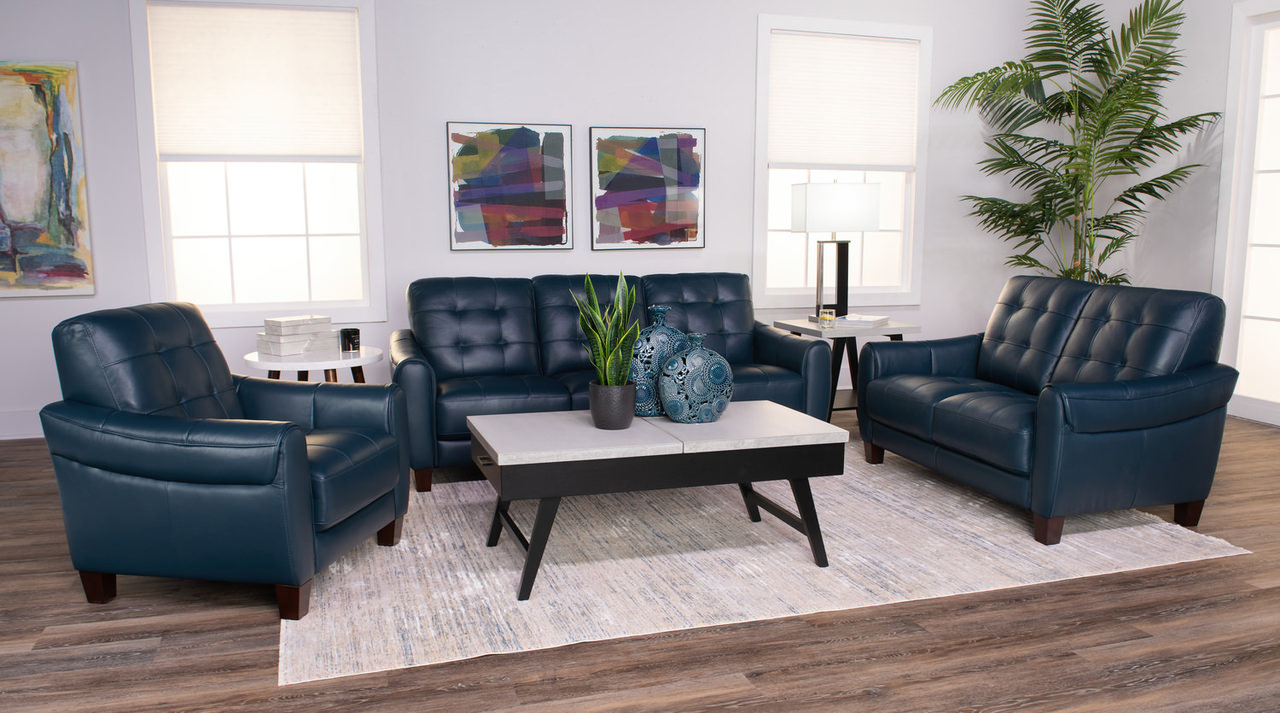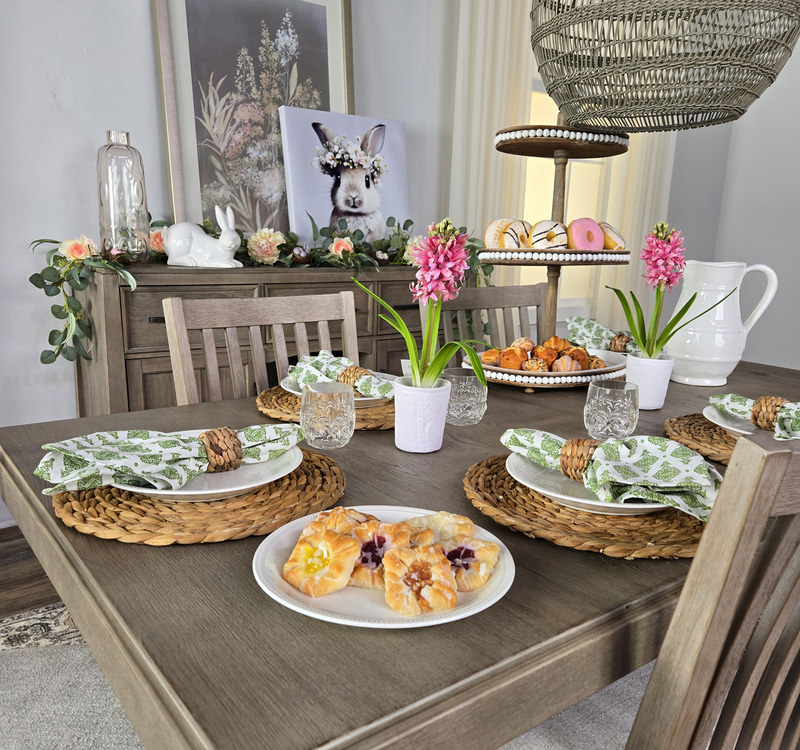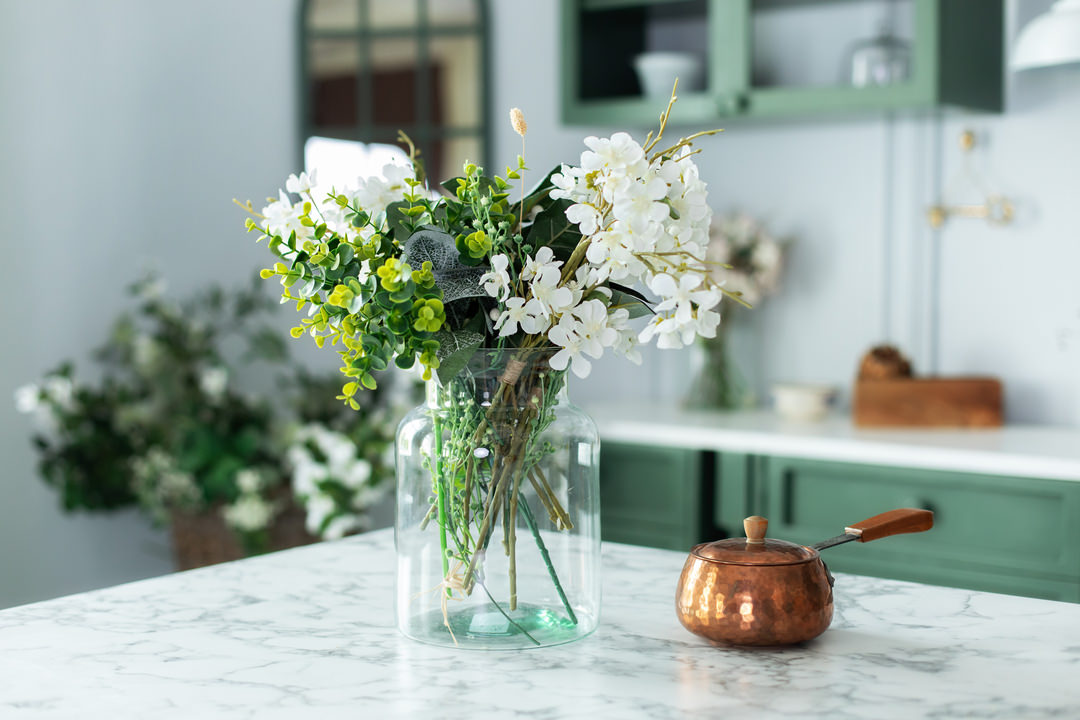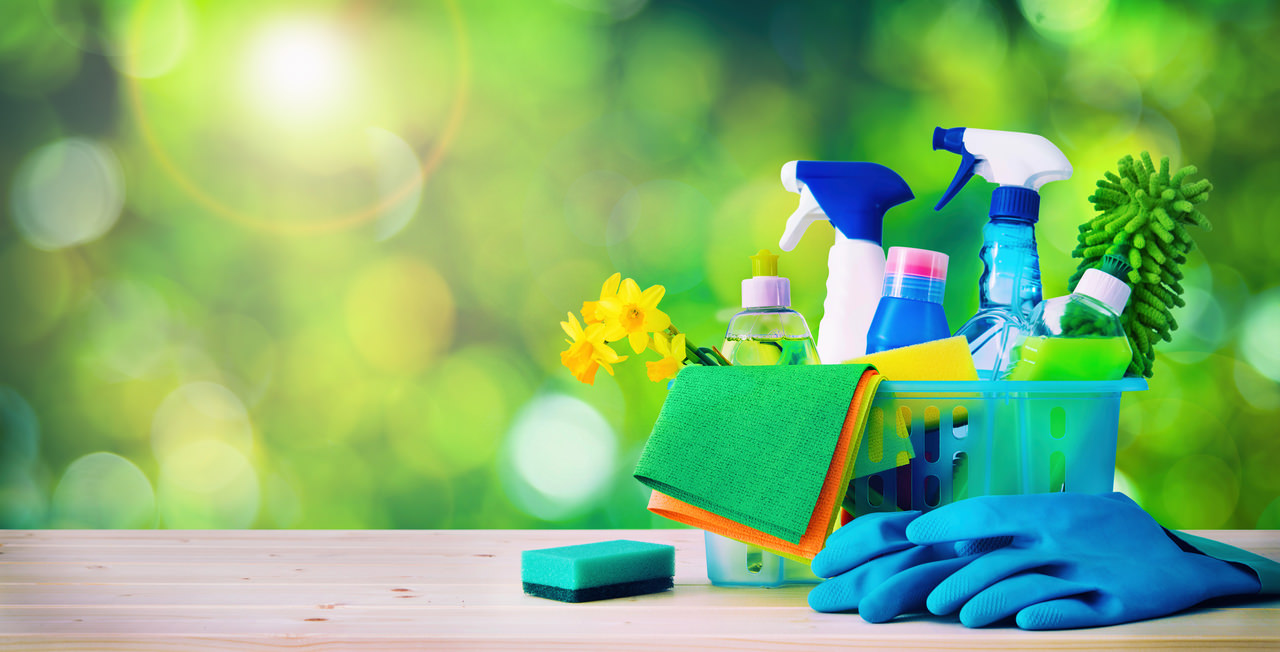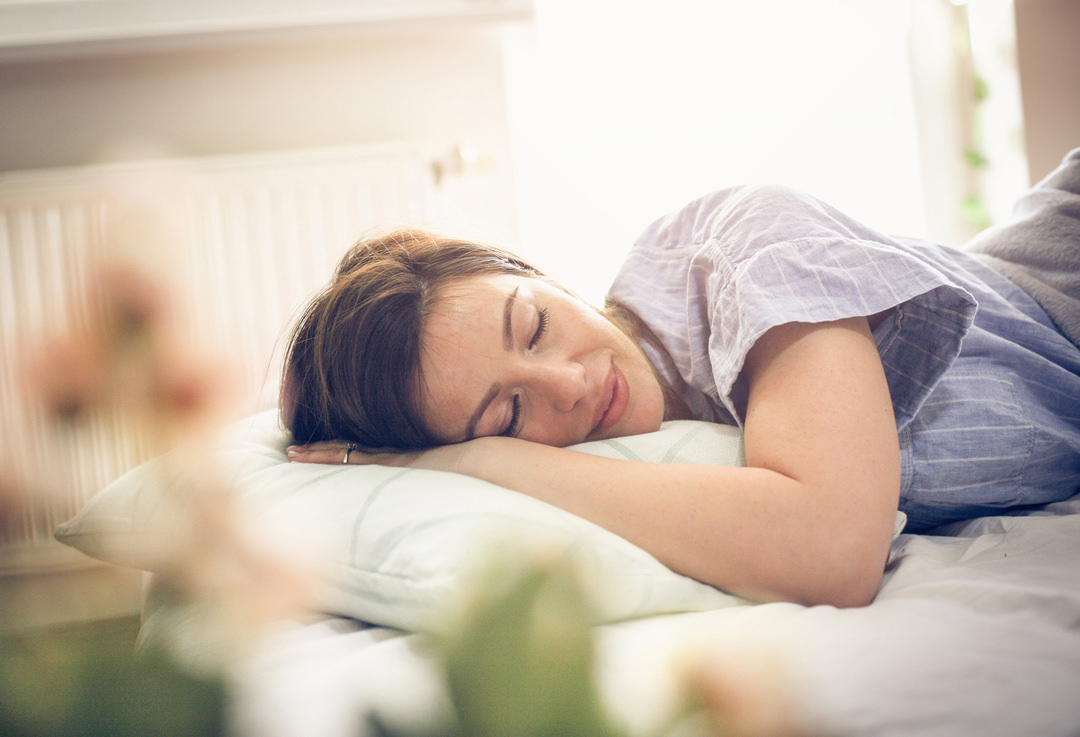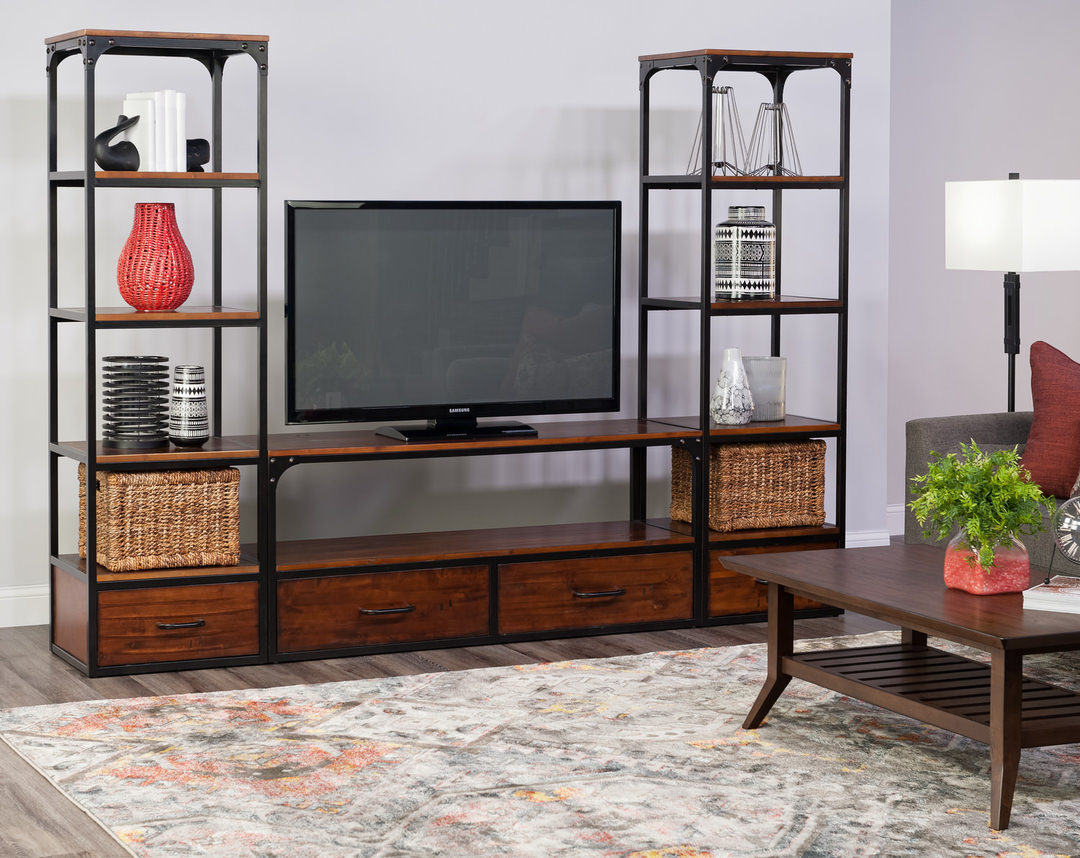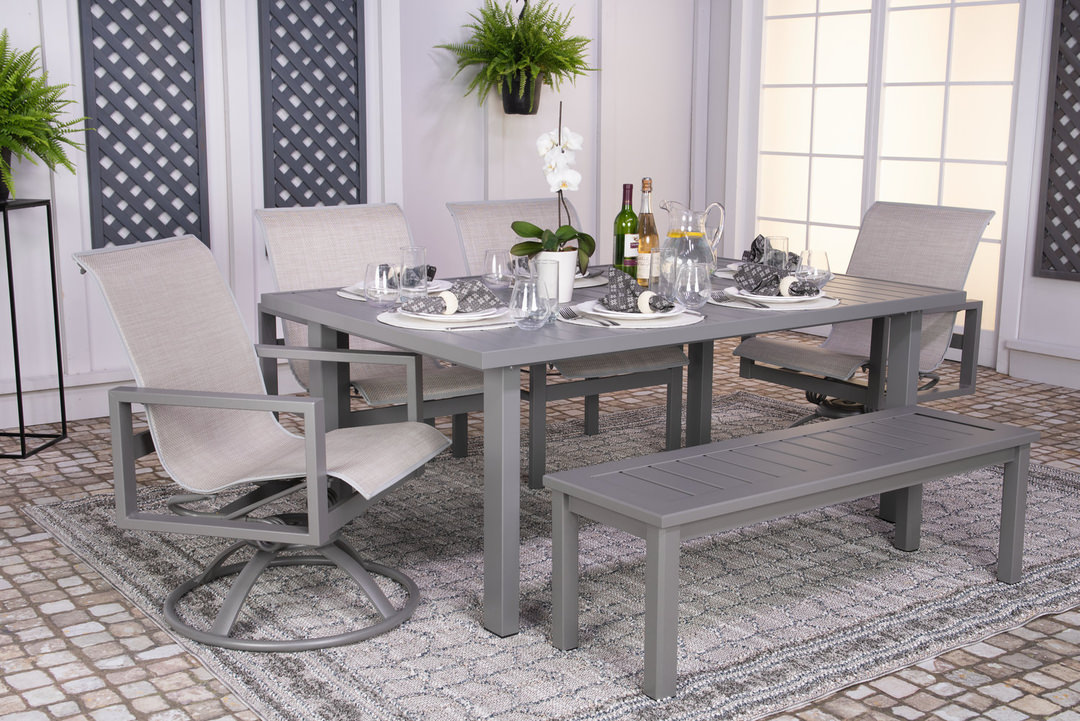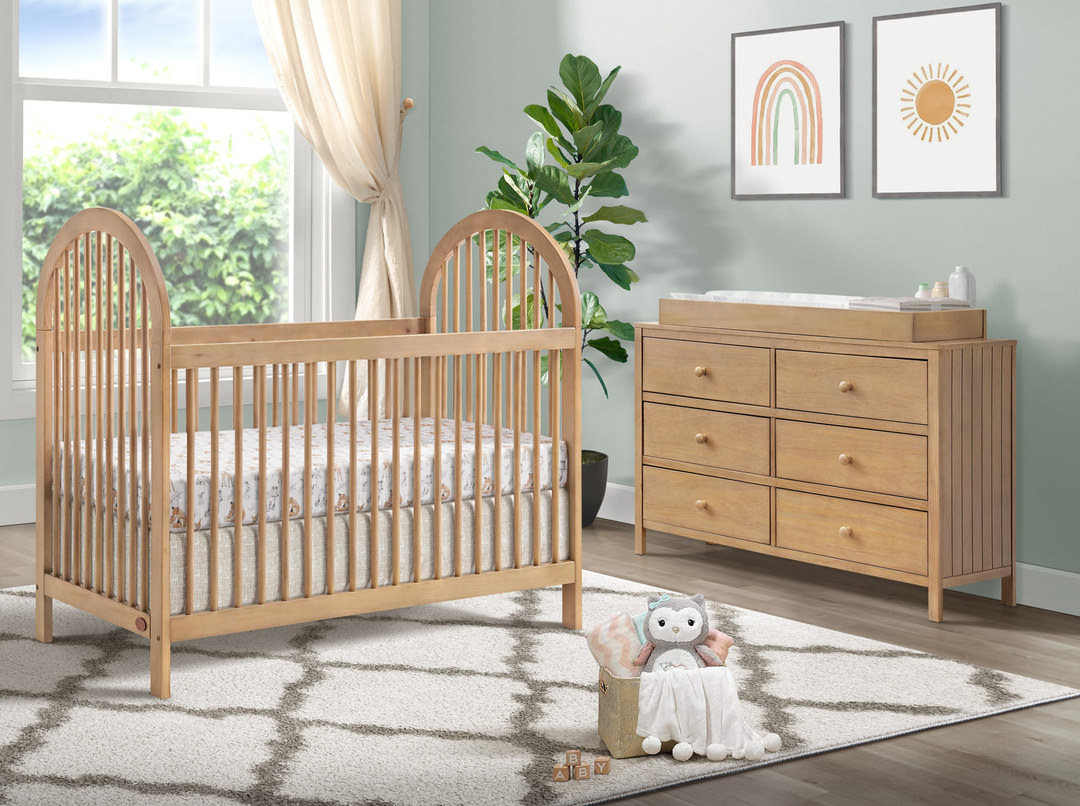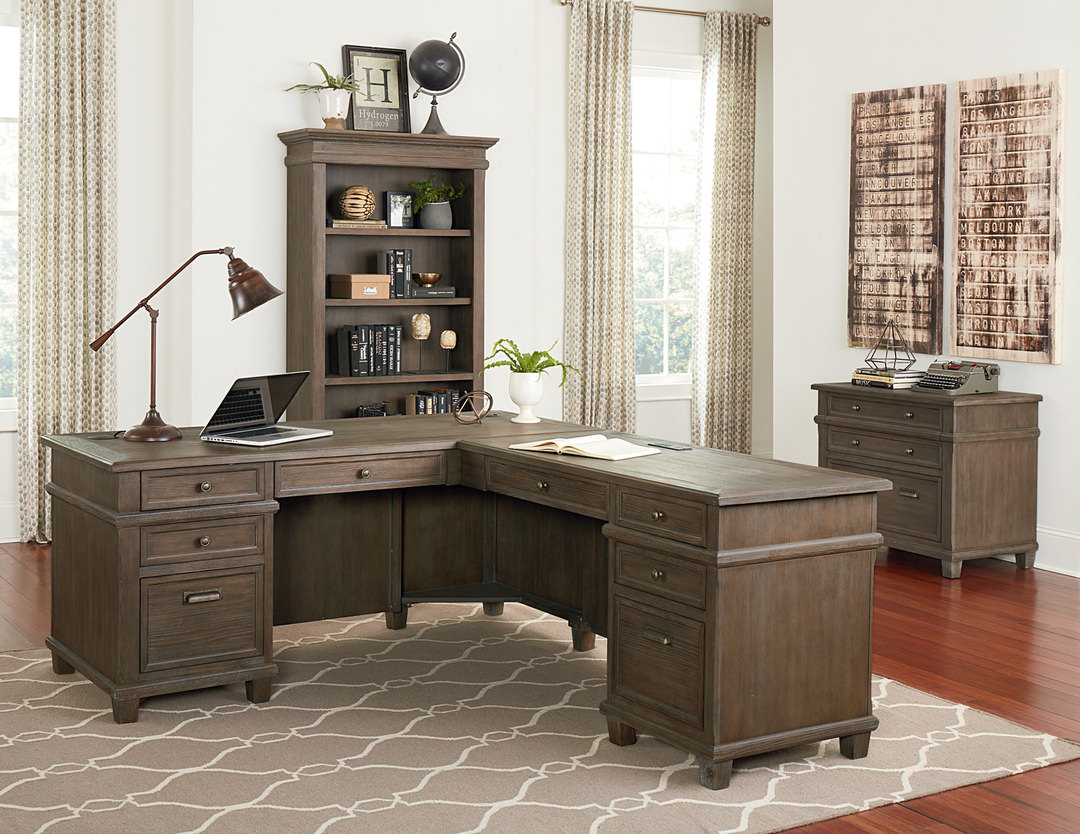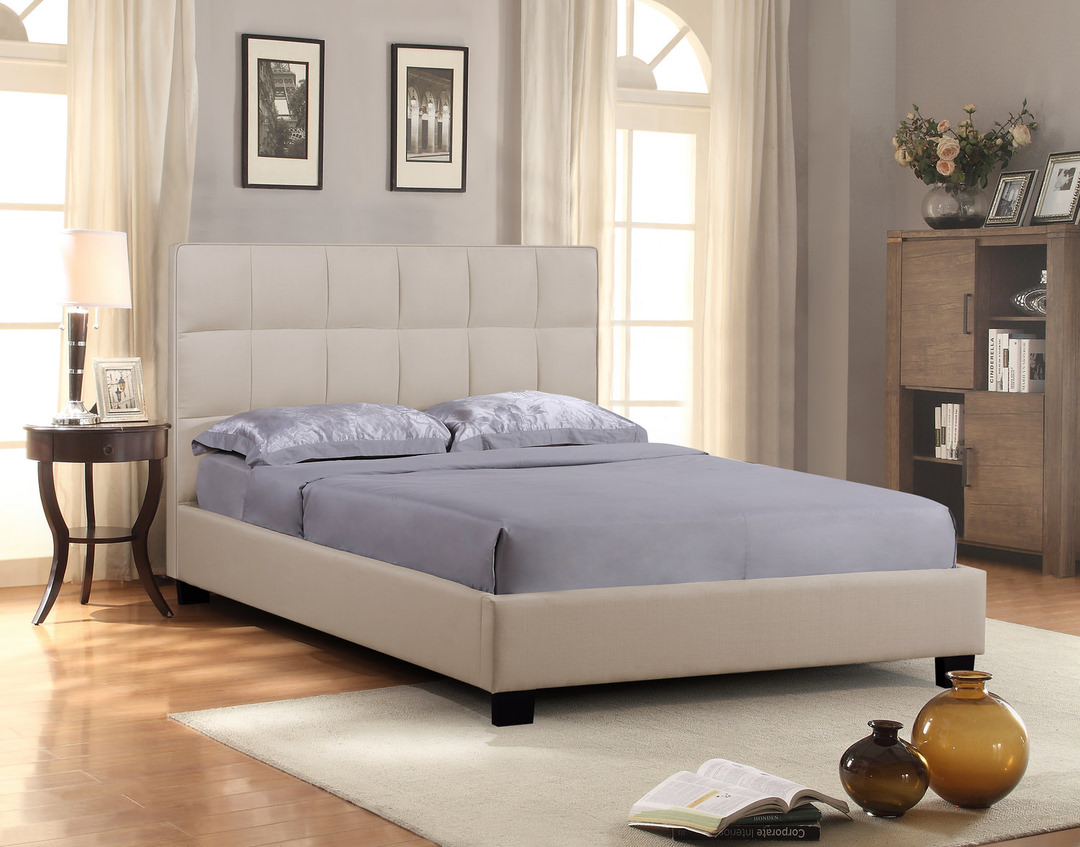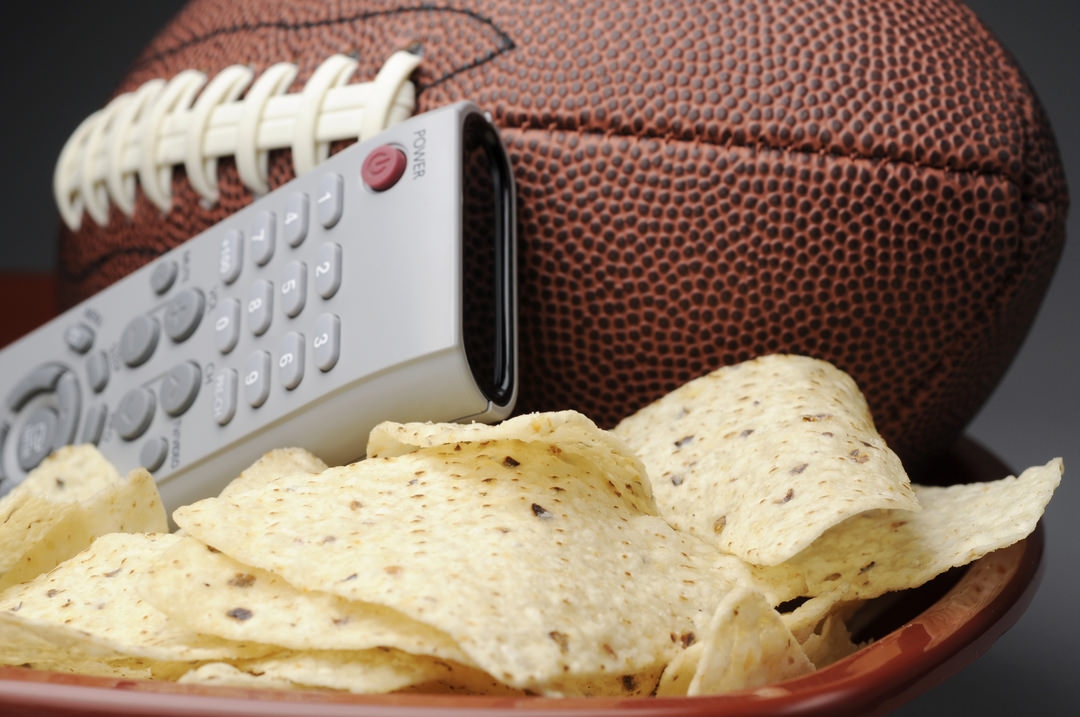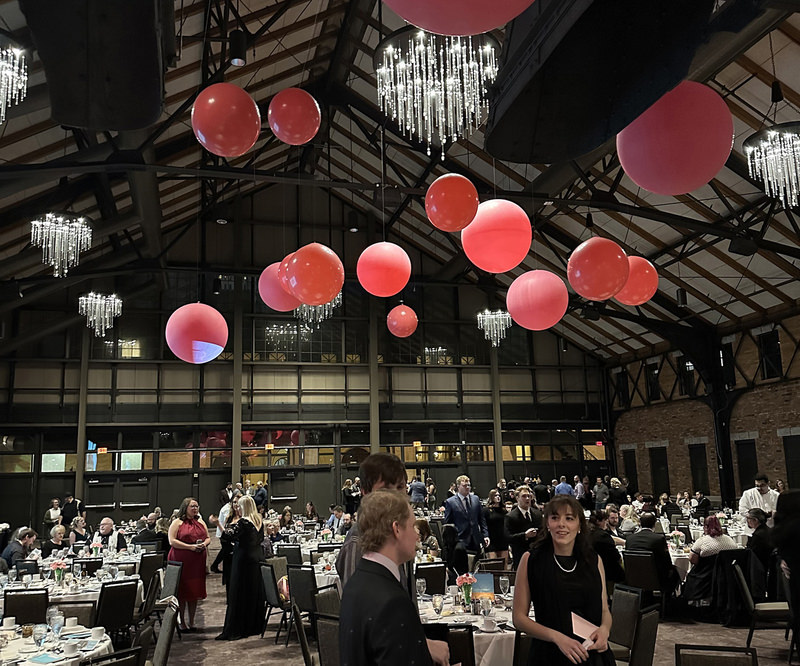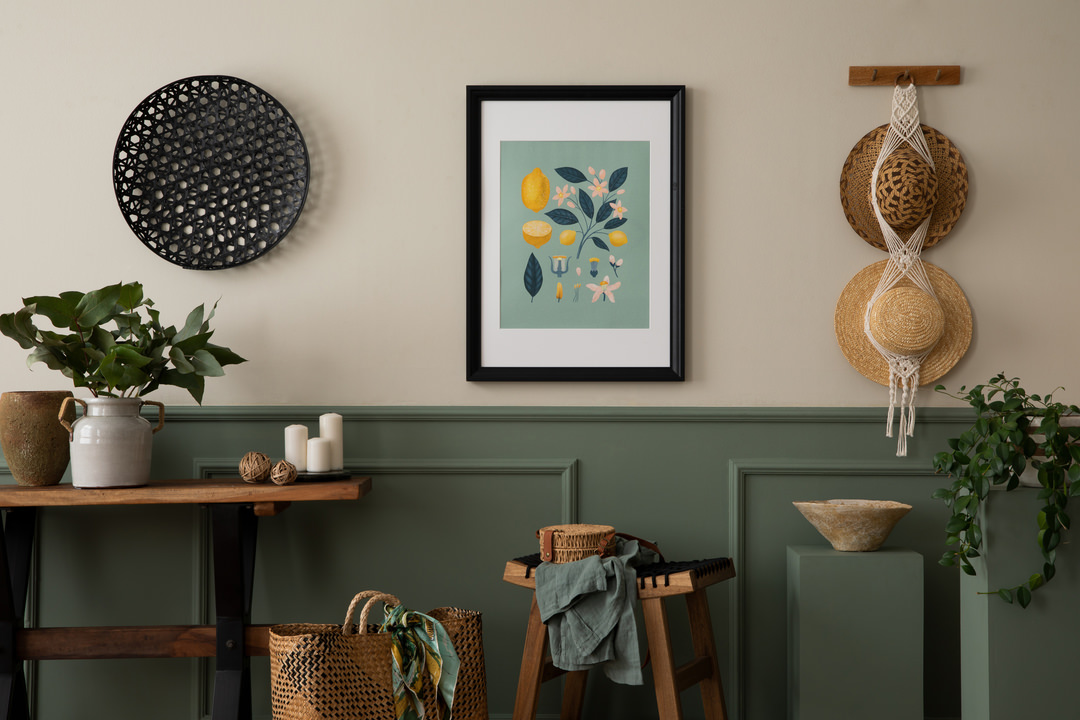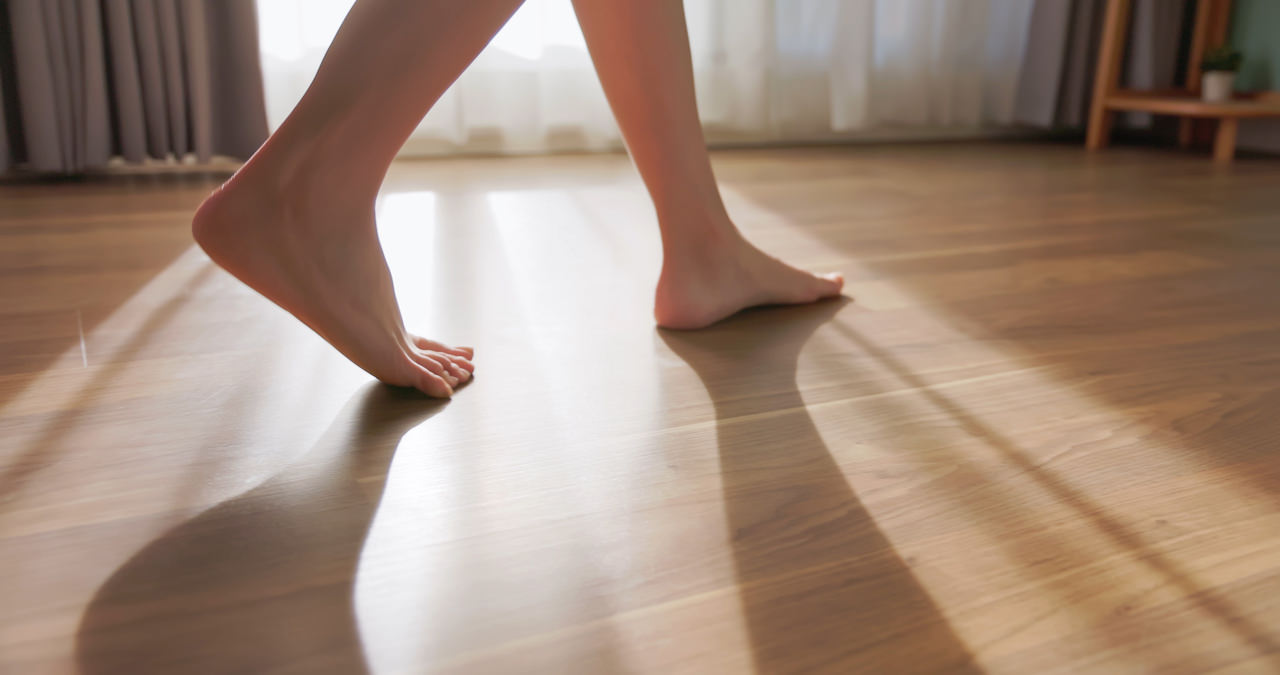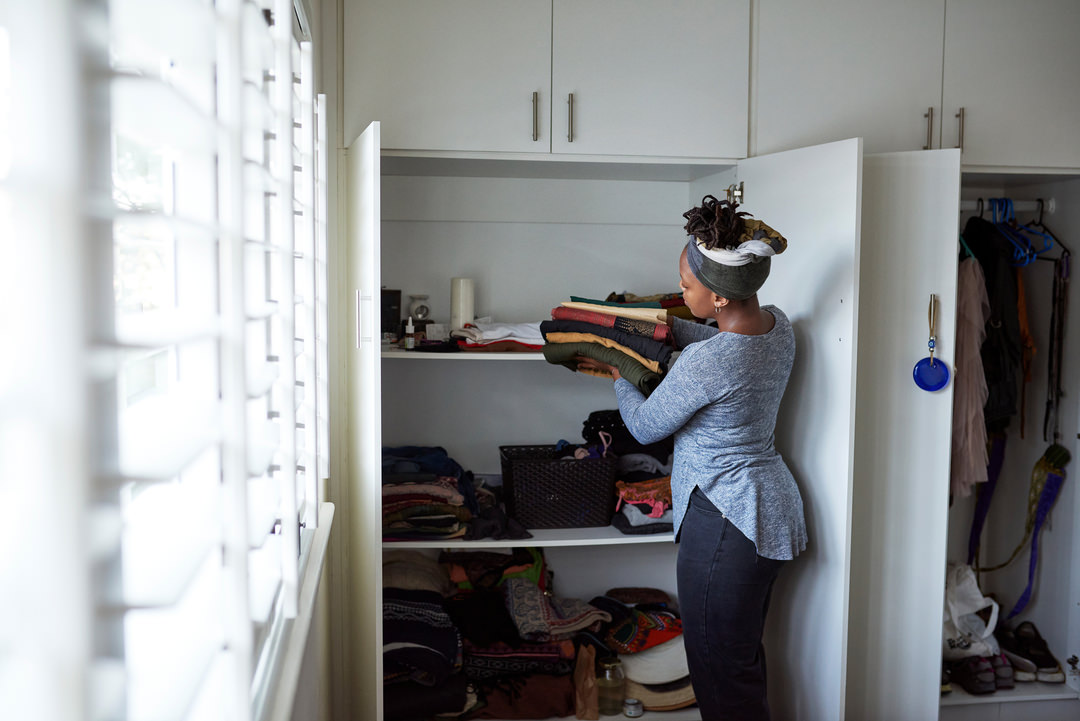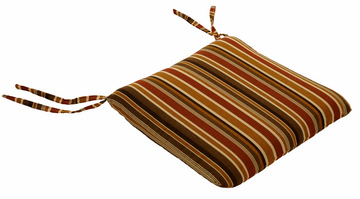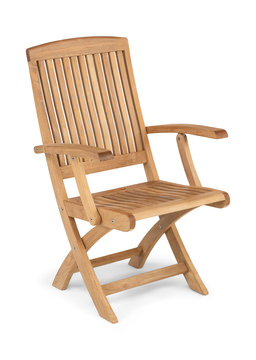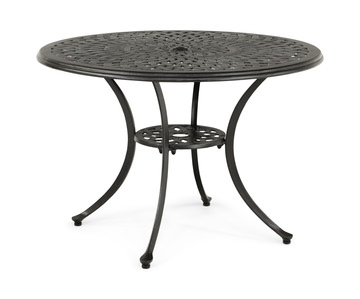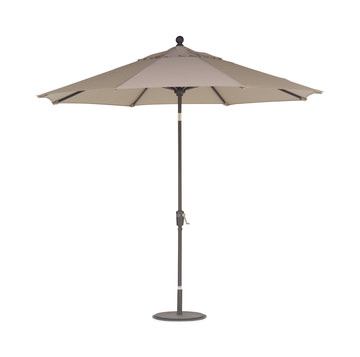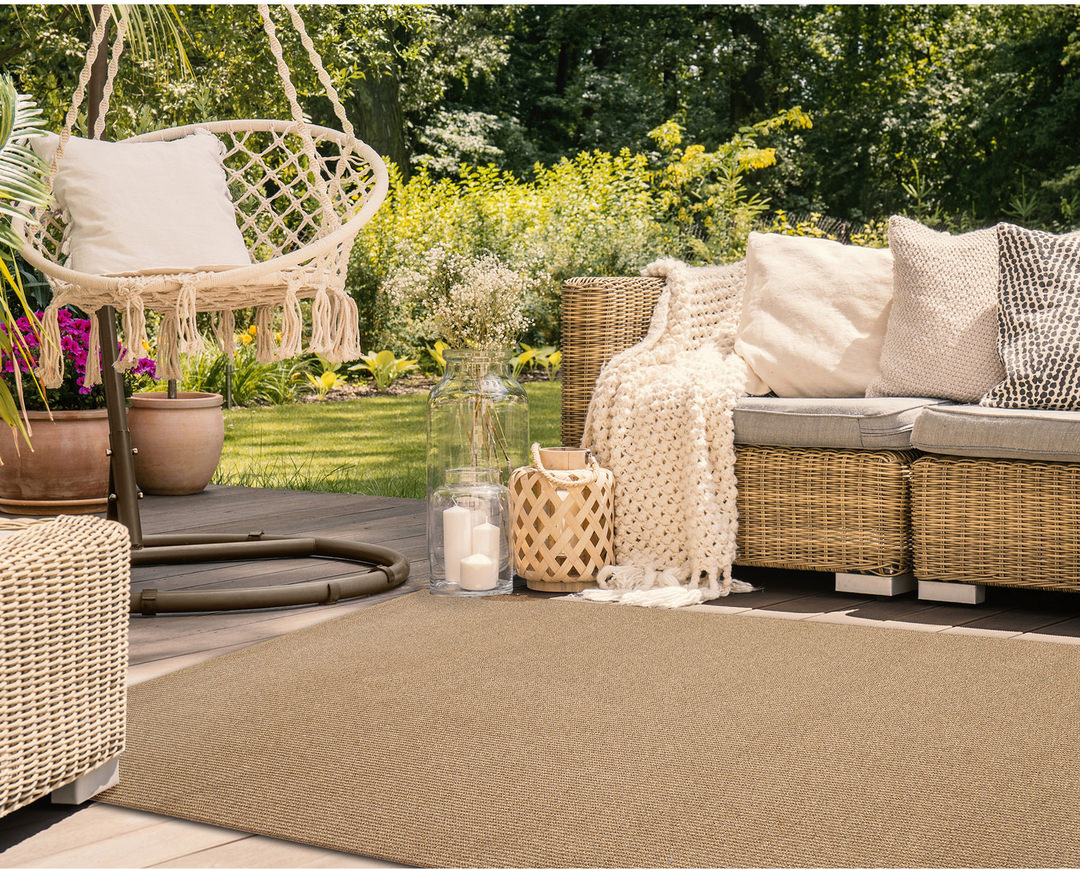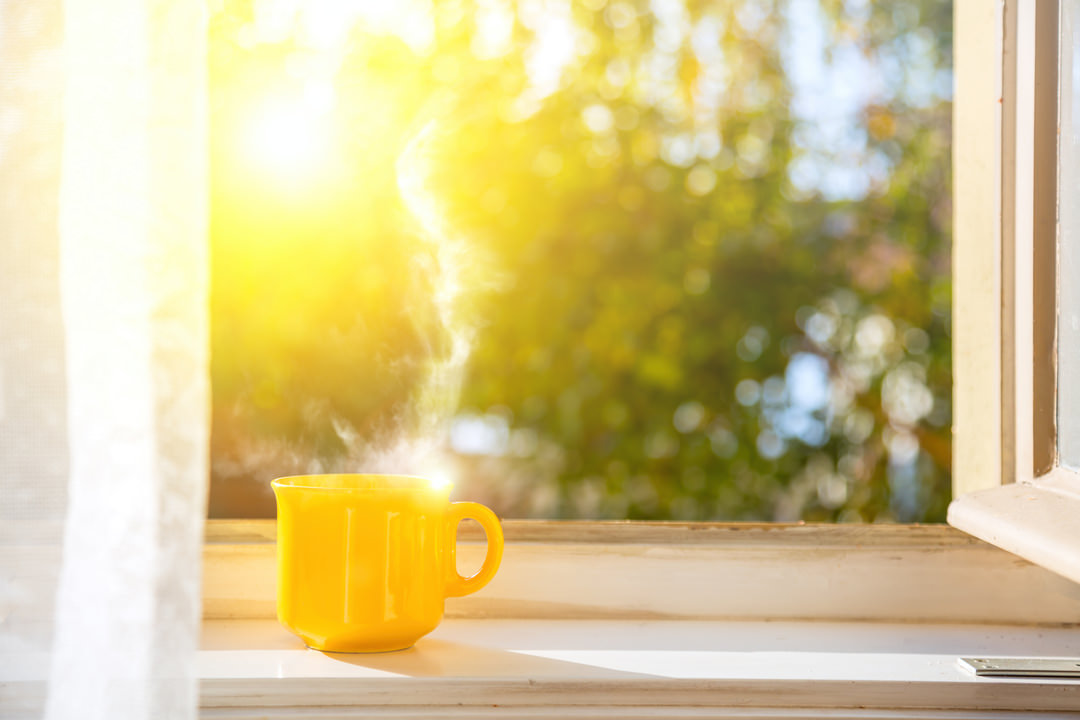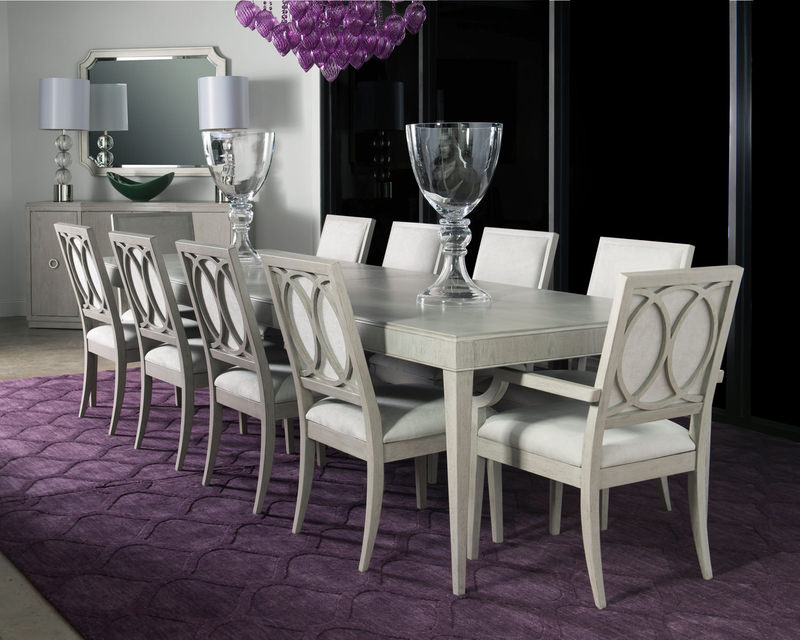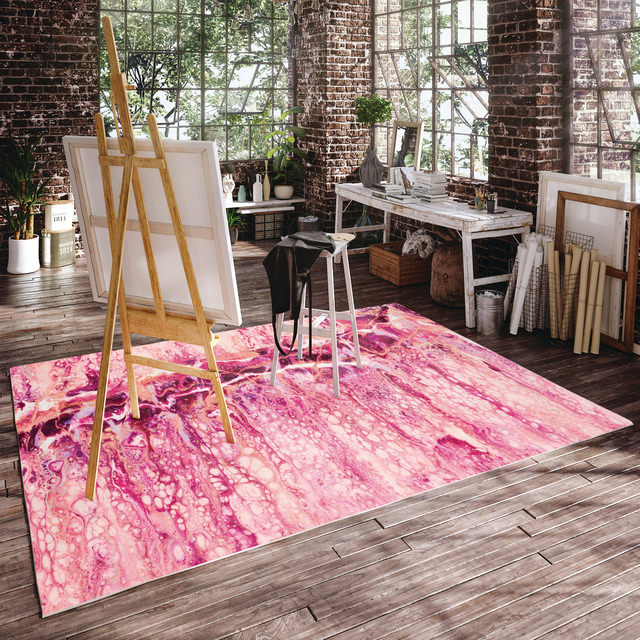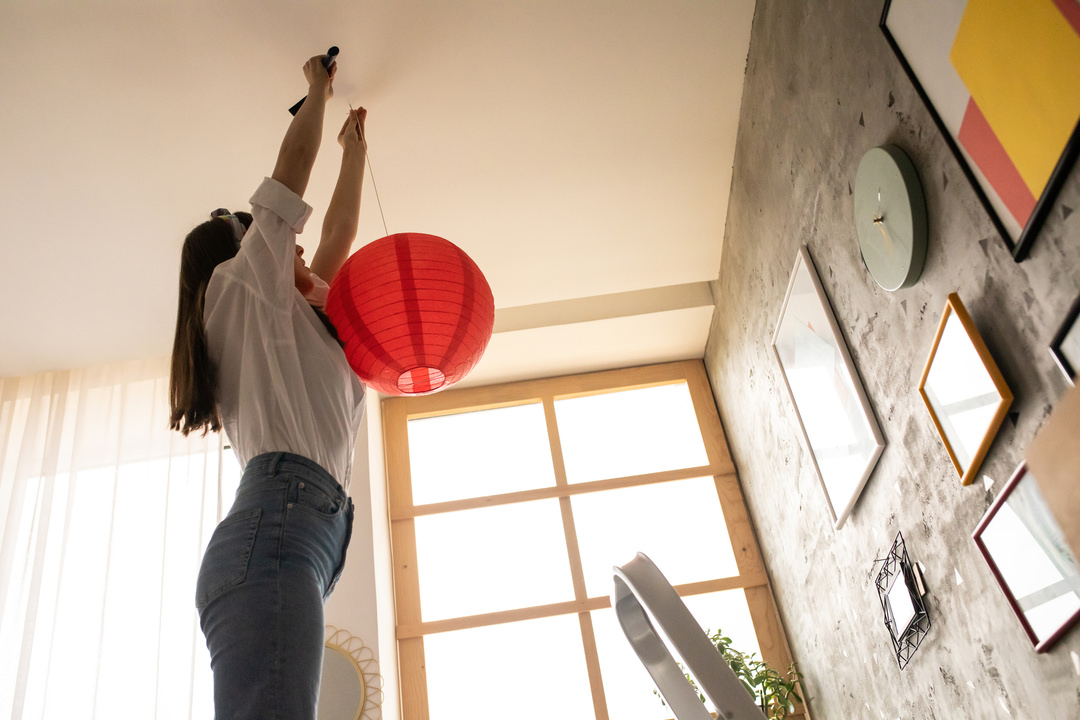Spring Cleaning Patio
Get your space freshened up and ready for outdoor entertaining.
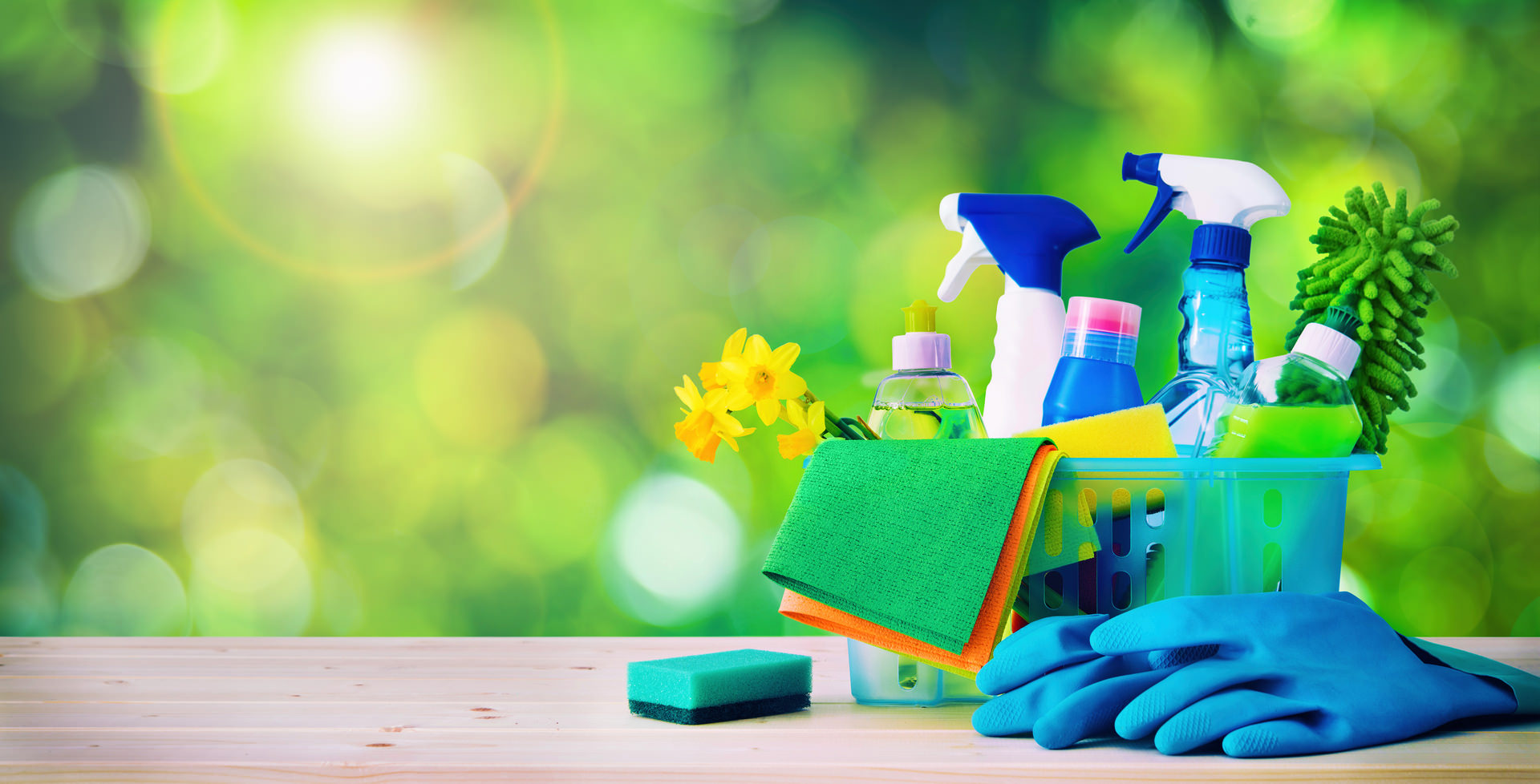
Outdoor summer cookout season is just around the corner, and grilling and entertaining is more enjoyable with a fresh, clean patio or deck. Fortunately, getting that special outdoor space into tip-top shape doesn’t have to be a grind! You don’t need all kinds of specialized cleaning products.
The fact is, you can accomplish a lot of patio spring cleaning with just soap and warm water. Whether your furnishings are metal, wood or plastic, here are some tips on how to clean patio furniture and ensure that it’s as ready for summer as you are.
1. Rule Number One: Be Kind to Your Furniture
Lots of cleaning products are on the market, but many of them are too harsh and might damage your belongings. The best place to start is with water, and that doesn’t mean a pressure washer. The hose, a bucket, a soft brush and a sponge or cloth are better options. Power washers can compromise the material, especially woods like teak. If you must use one, keep the setting low.
One power tool that’s OK to use is a leaf blower. It clears cobwebs, bugs and debris out of hard-to-reach crannies, especially on wicker.
When you wash with water, make it warm rather than hot or cold. A little bit of mild soap increases its effectiveness. Dish soap is generally suitable. With stubborn stains, let the soapy solution sit for about 15 minutes, scrub with a soft-bristled brush, then rinse it clean.
2. Gleaming Metals
The first step with metal furniture is good general cleaning and then address any oxidation or rusting issues. Steel wool, a light sanding usually can solve most problems, but a wire brush may be needed on sturdier metals like wrought iron. When that’s done, a cloth dampened with mineral spirits takes off the metal residue.
If you use commercial metal cleaners, stick with the gentler ones. In particular, avoid bleach on stainless steel and copper. It might leave stains and even corrode.
Once the metal is clean, finish touch up may be required or just a little bit of wax, such as automotive wax, protects it from the elements and also from food and grease from grills.
3. Wonderful Woods
If soap and water don’t remove all the tough stains on wood, try a little oil-based soap like Murphy’s Oil. If you want to mix your own solution, use a quarter cup of ammonia and two tablespoons of white vinegar in a quart of water. It’s fine to let water sit on stubborn spots, but limit it to about 15 minutes. Longer moisture risks warping some woods.
Most commercial wood cleaners are safe and effective, but carefully follow the instructions. You might need to dilute them for painted wood and wicker. Harsh general cleaners should be avoided.
Don’t use a hard or stiff brush; it may leave marks. Sponges and damp cloth are safer.
Some owners of teak furniture use a teak sealer after the cleaning process. It protects the wood from UV rays and maintains the original golden color.
4. Pristine Plastics
As with wood, avoid harsh chemicals and stiff brushes. Half a cup of baking soda in a gallon of warm water makes an effective DIY cleaner. If stains persist, add about three tablespoons of dishwasher soap, but be aware that it contains a little bleach. For colored plastic, a quarter cup of vinegar in that gallon of water will work. You can also use vinegar or baking soda on a sponge or damp cloth.
If you have polywood, a magic eraser can remove stains that persist after the furniture is clean and dry. For general plastics, a little bit of automotive paste wax will protect it through the summer.
5. Fabulous Fabrics
Fabric on patio cushions and umbrellas is getting sturdier all the time. Still, it takes a beating from the elements and needs its spring renewal. These items generally come with manufacturer’s instructions on how to clean patio cushions. Many modern outdoor fabrics are machine washable. With some umbrellas, you can remove the fabric from the frame and toss it into the machine. ??The trick is, wash on cold and put the covers back on a cushion or umbrella to air dry.
Fabrics that don’t machine wash can be cleaned with the old standby, soap and warm water. Use a little white vinegar in warm water to scrub off mildew. Note: use a very soft brush and rinse well. Stay away from strong commercial cleaning products; they sometimes create stains and possibly compromise the waterproofing.
Don’t put any of these in the clothes dryer. Thoroughly air dry cushions before putting them back on the frames. Removable umbrella fabric can be stretched back onto the frame for air drying.
6. Protect Your Investment
If you’re careful with your furniture, you’ll want to make sure it’s out of harm’s way in winter weather. If there’s no place to bring it inside, safeguard it with patio furniture covers. They’re made for all shapes of chairs, sofas and tables, and if you don't find one to fit, you can custom order to size. Protective covers aren’t just for winter. Put them on when your outdoor furniture isn't in use, and your furniture will be dry and ready when you want it.
Take inventory of your cover needs now while you’re thinking about it, and purchase new ones as needed.
7. Upgrading Your Patio Suite
If you’ve had your cushions and seat pads for a number of years, it might be time to replace them. You could choose a new color or pattern; it’s a cost-effective way to update your outdoor environment! Spring is the ideal season to add a piece or two, maybe an accent chair, a rocker or a bench. Often there are bargains to be had on last year’s carryovers.
If you’re planning to order new cushions, be aware of lead times. Custom orders may take four to six weeks in the spring and eight to 12 weeks if you wait until summer. Graduation parties, outdoor summer weddings and other events may be months away, but now is the time to start making your patio the perfect venue for these memorable occasions.
Related Products
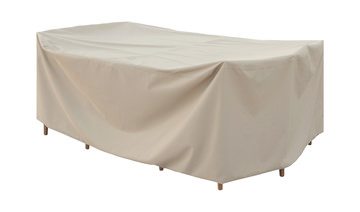
showroom only
